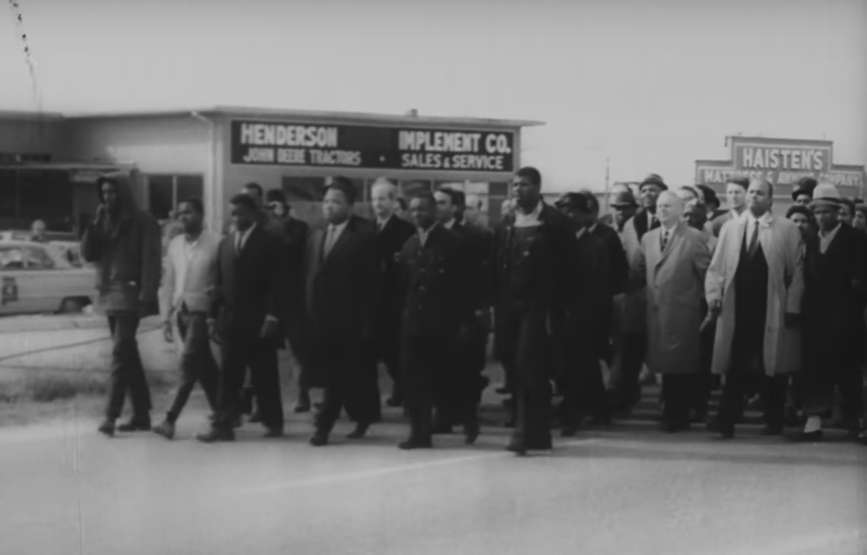The Impact of Bloody Sunday in Selma
Making Connections
All documents and text associated with this activity are printed below, followed by a worksheet for student responses.Introduction
On Sunday morning, March 7, 1965, about 600 people met after church in Selma, Alabama, to begin a 54-mile march to Montgomery. They were protesting continued violence and civil rights discrimination — and to bring attention to the need for Federal voting rights legislation that would ensure African-Americans couldn't be denied the right to vote in any state. News and images of the violent response from Alabama State Troopers spread in newspapers, magazines, and television. The day came to be known as "Bloody Sunday."
Click through the steps below, thinking about how this spread of information and imagery impacted the civil rights movement. Answer the questions as you go. Click on View Document Details for any document you need to see more closely.
Click through the steps below, thinking about how this spread of information and imagery impacted the civil rights movement. Answer the questions as you go. Click on View Document Details for any document you need to see more closely.
Name:
Class:
Class:
Worksheet
The Impact of Bloody Sunday in Selma
Making Connections
Examine the documents and text included in this activity. Fill in any blanks in the sequence with your thoughts and write your conclusion response in the space provided.Selma to Montgomery March Byway - Edmund Pettus Bridge
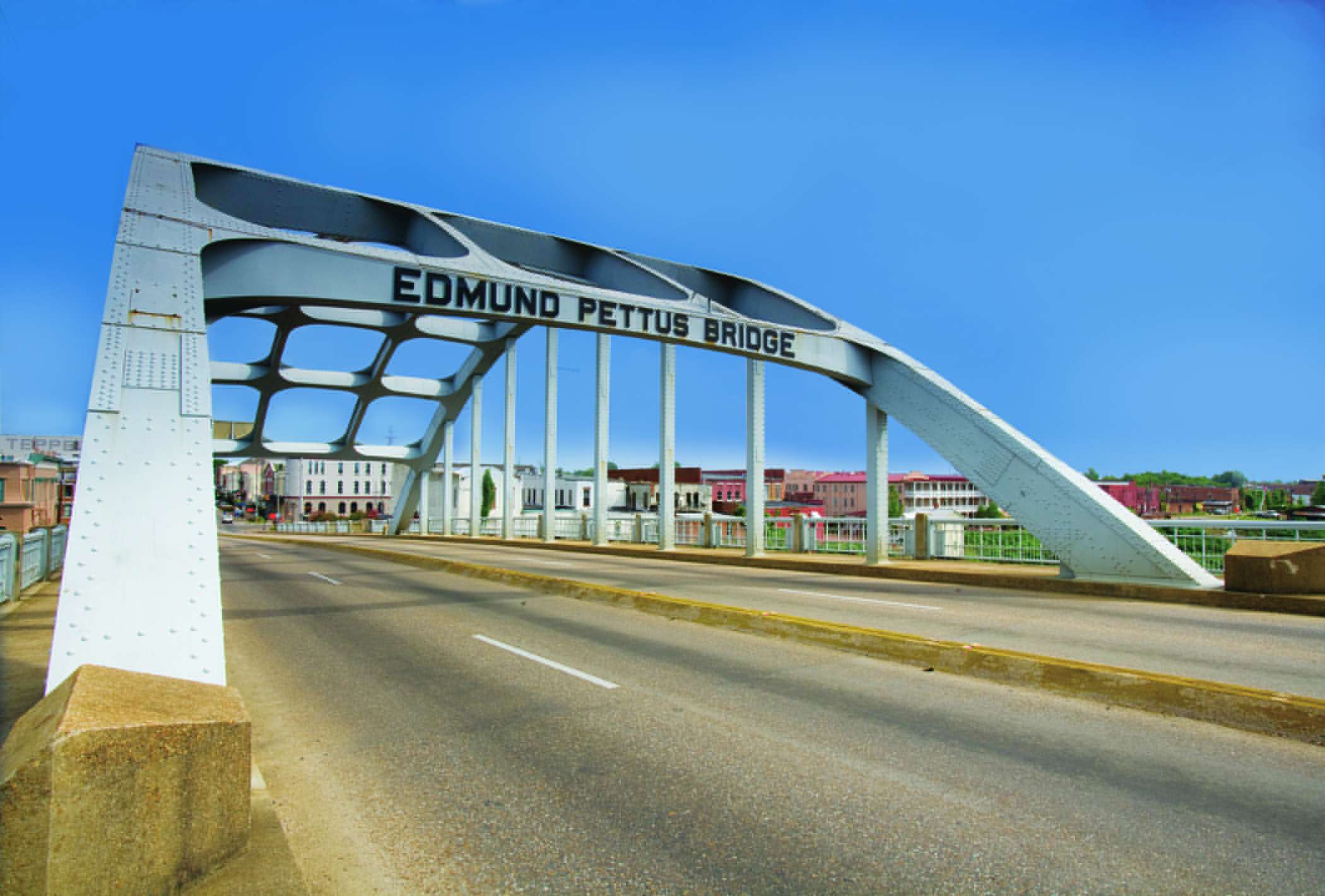
The protesters made it to the Edmund Pettus Bridge, just outside of Selma, where about 150 police troopers ordered them to disperse. FBI special agents had been assigned to observe and photograph the march that day. Below are their contact sheets showing many photos each. For each contact sheet, click on View Document Details — zoom in and scroll through the various photos on the sheet. Then describe what you see happening to the marchers in the response box that follows.
Contact Sheets with Photographs Taken in Selma, Alabama
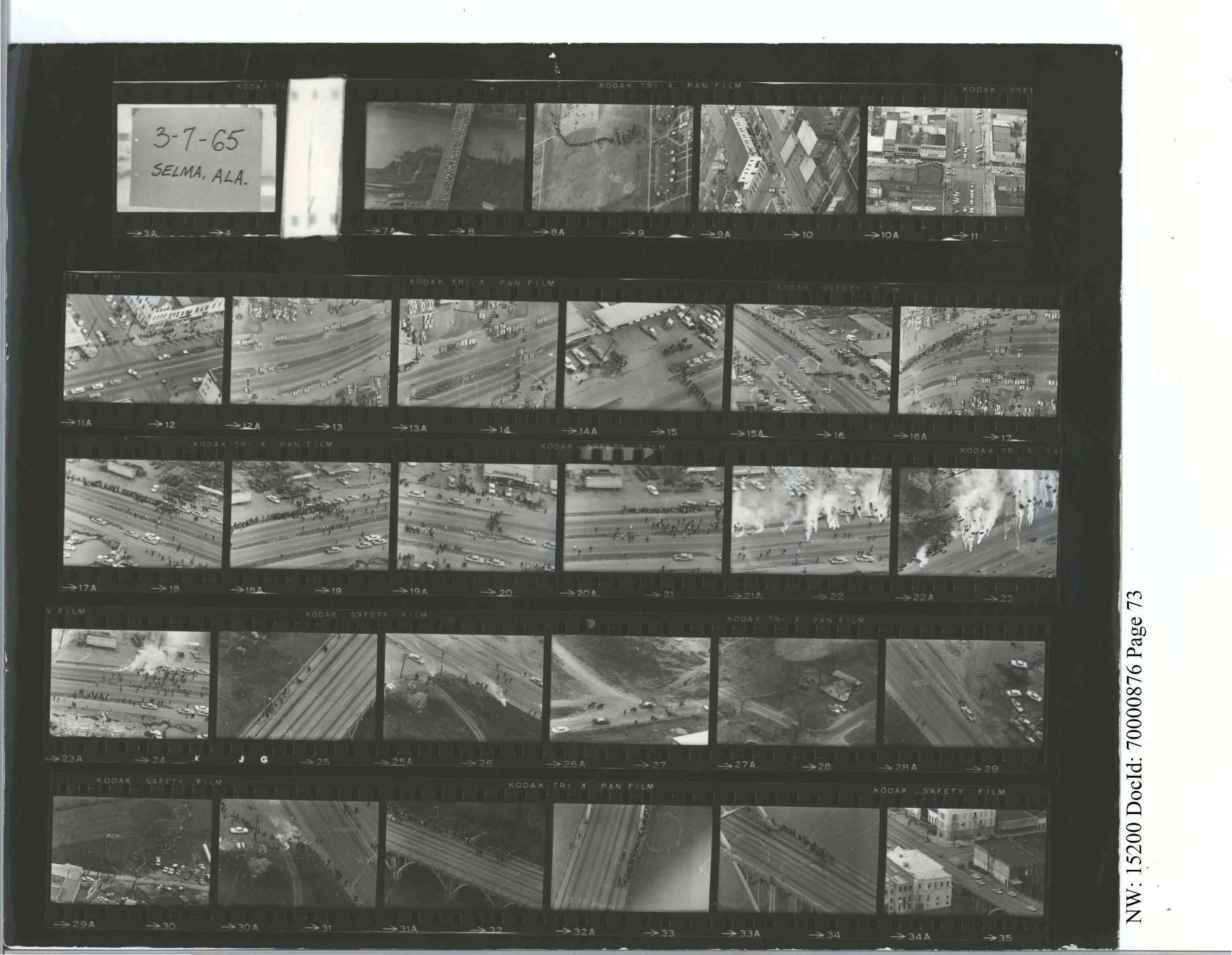
Contact Sheets with Photographs Taken in Selma, Alabama
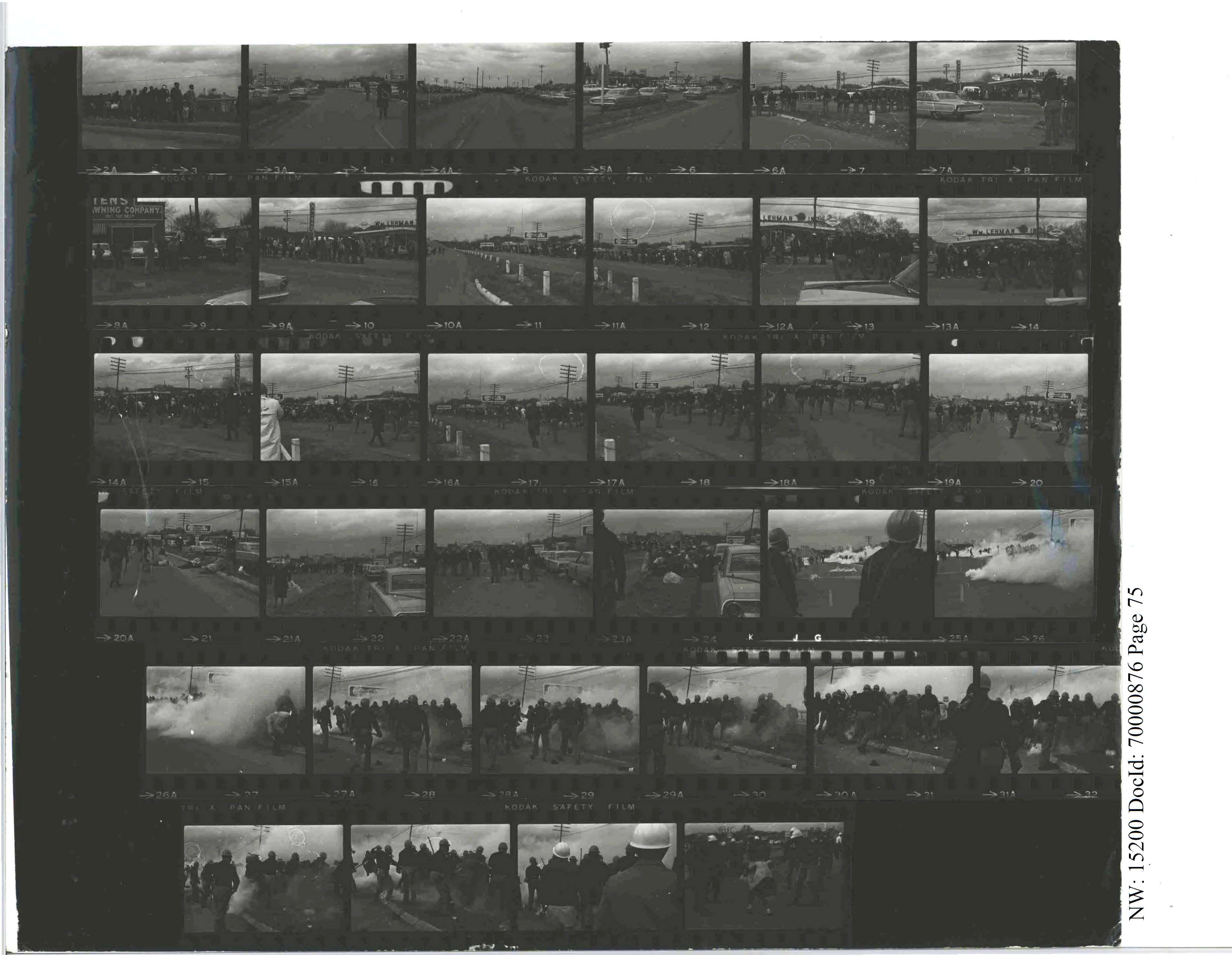
Contact Sheets with Photographs Taken in Selma, Alabama
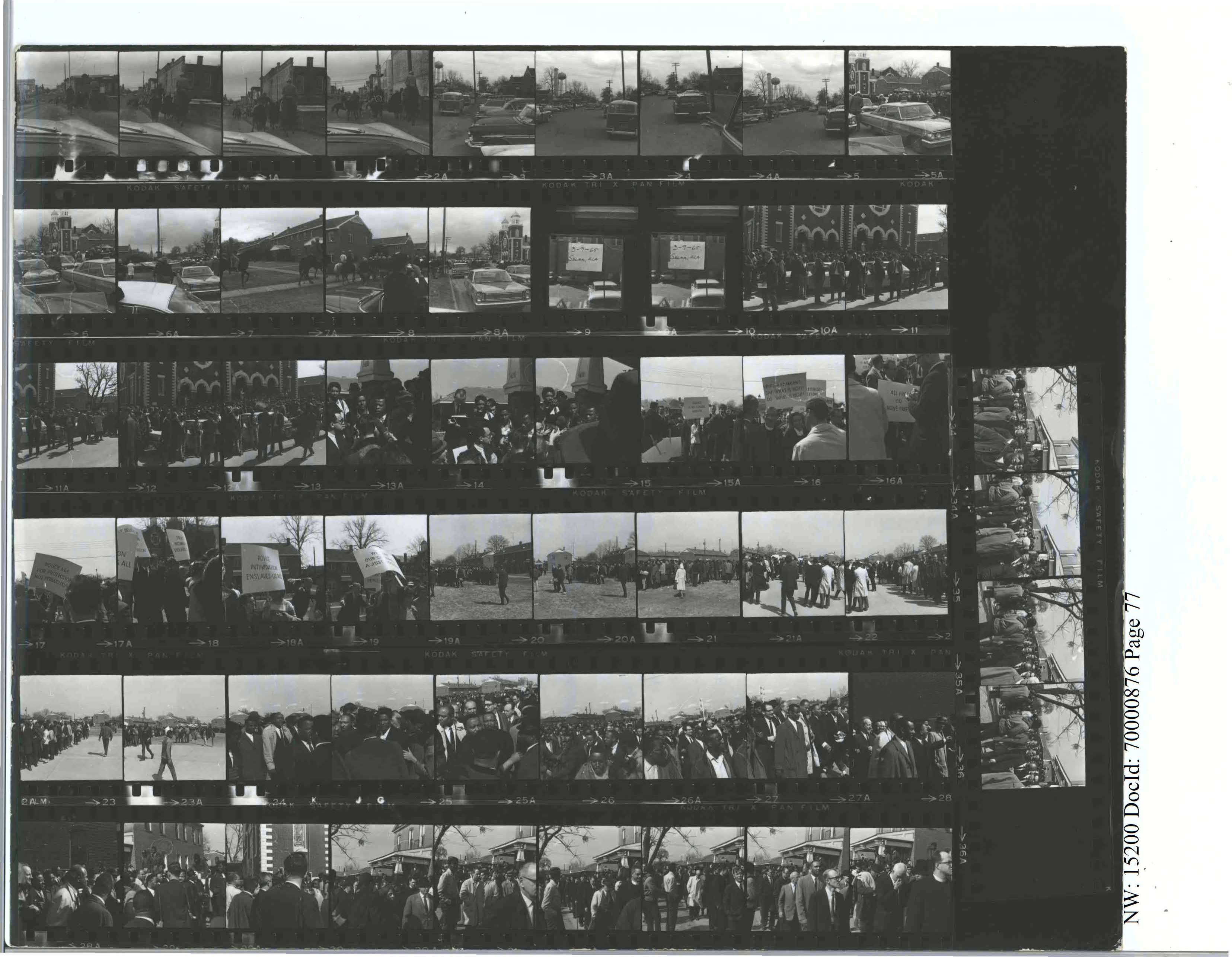
Contact Sheets with Photographs Taken in Selma, Alabama
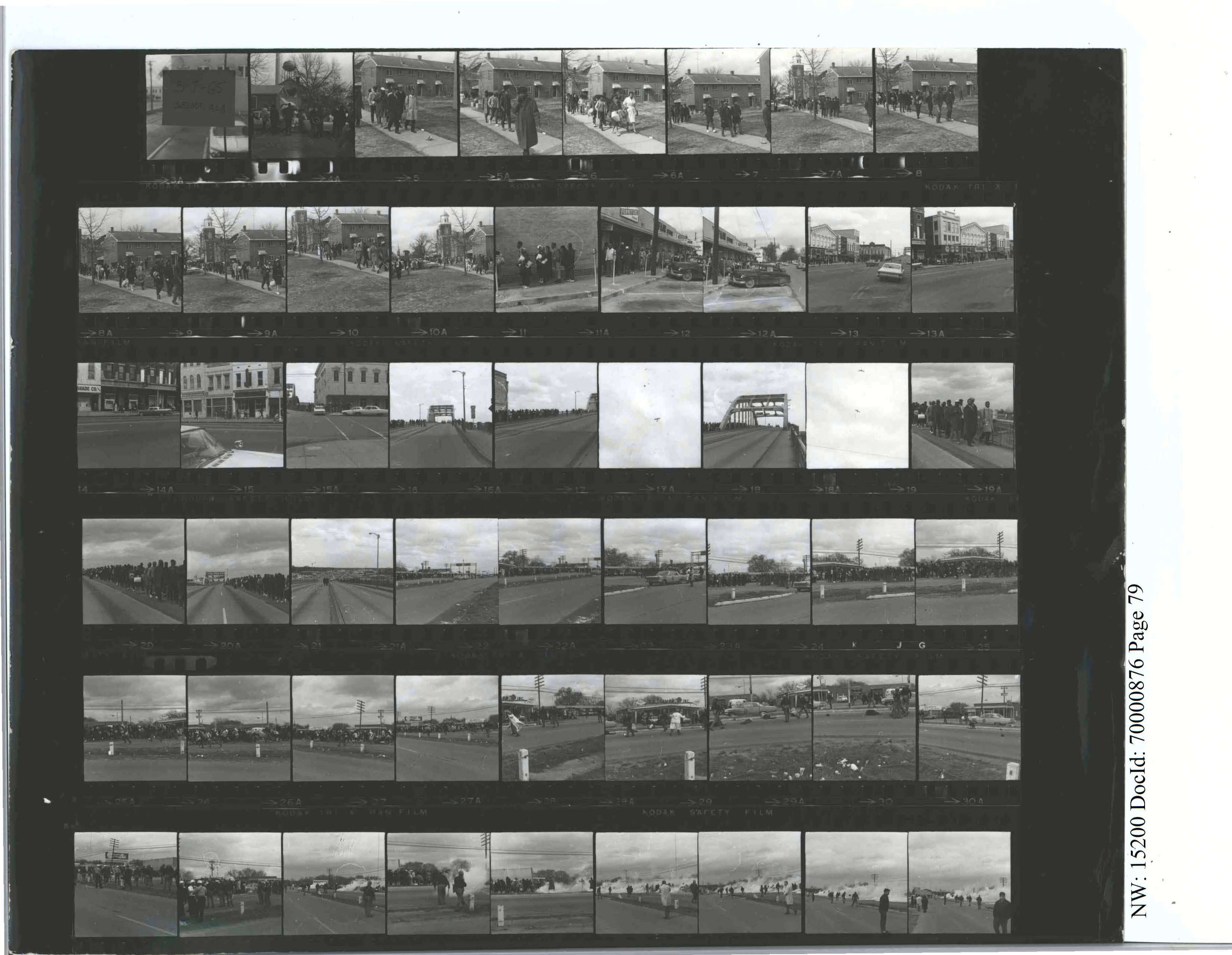
Enter your response
Read the next two documents. The first is John Lewis's statement about what happened on the bridge. Lewis, representing the Student Non-Violent Coordinating Committee (SNCC), led the march alongside Hosea Williams of the Southern Christian Leadership Conference (SCLC). The second is an FBI summary of the event. Write down any new information you learned about the event in the response box that follows.
Statement of John Lewis

FBI Memorandums Summarizing Bloody Sunday
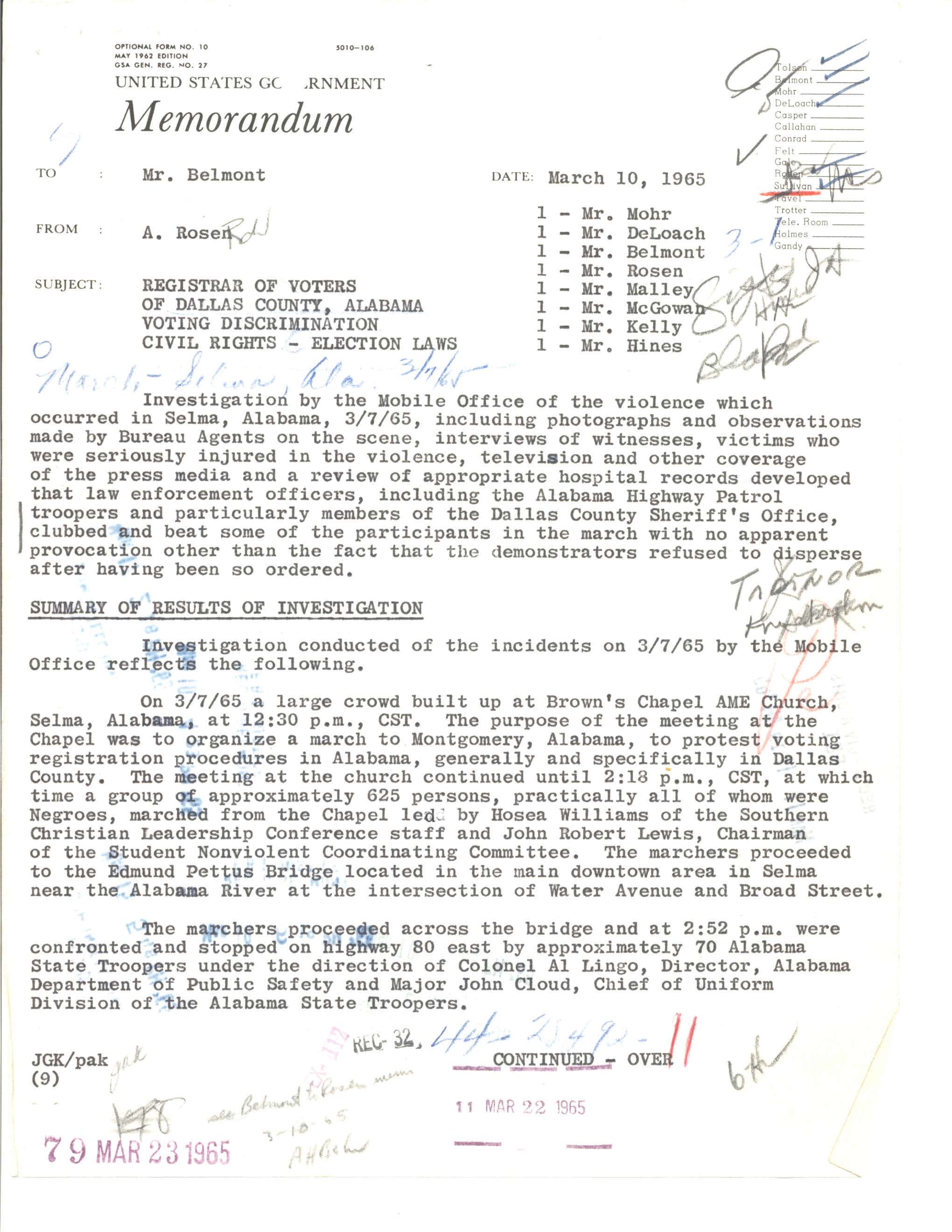
Enter your response
The violence and tear gas used by the Alabama State troopers and mob of citizens was reported in newspapers and broadcast on national television for all to see. Citizens from around the country were largely shocked by the way the marchers were abused. Many wrote to the Government to express their outrage. Read the next documents. Then answer in the response box that follows: The internet and social media didn't exist in 1965. But how do you think these affect the public's knowledge of — and reaction to — violence occurring today? Do you think Americans still contact their public representatives when they don't like what they see?
Letter from Alice Guillemette to FBI Director J. Edgar Hoover with Response
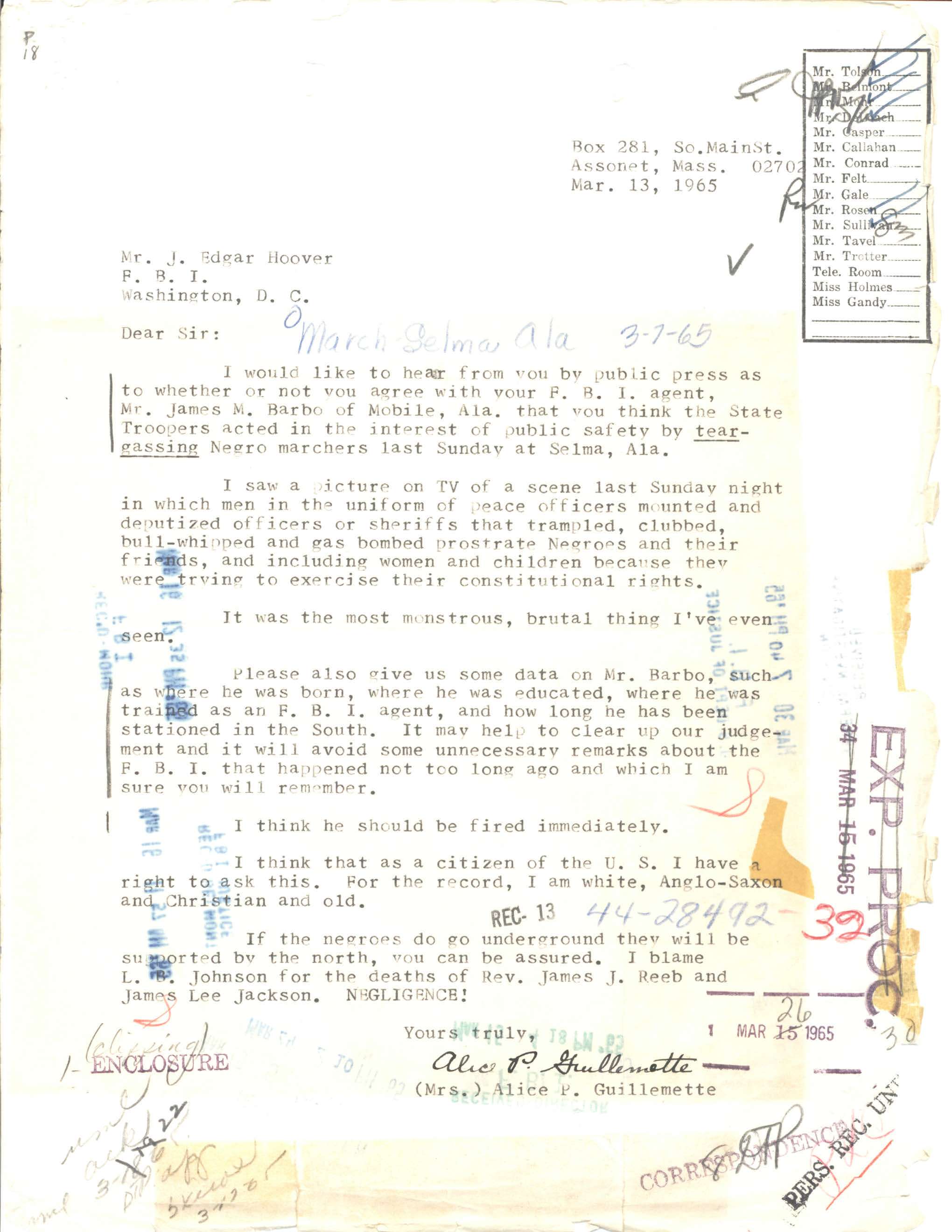
FBI Memorandum Regarding Special Agent James Barko
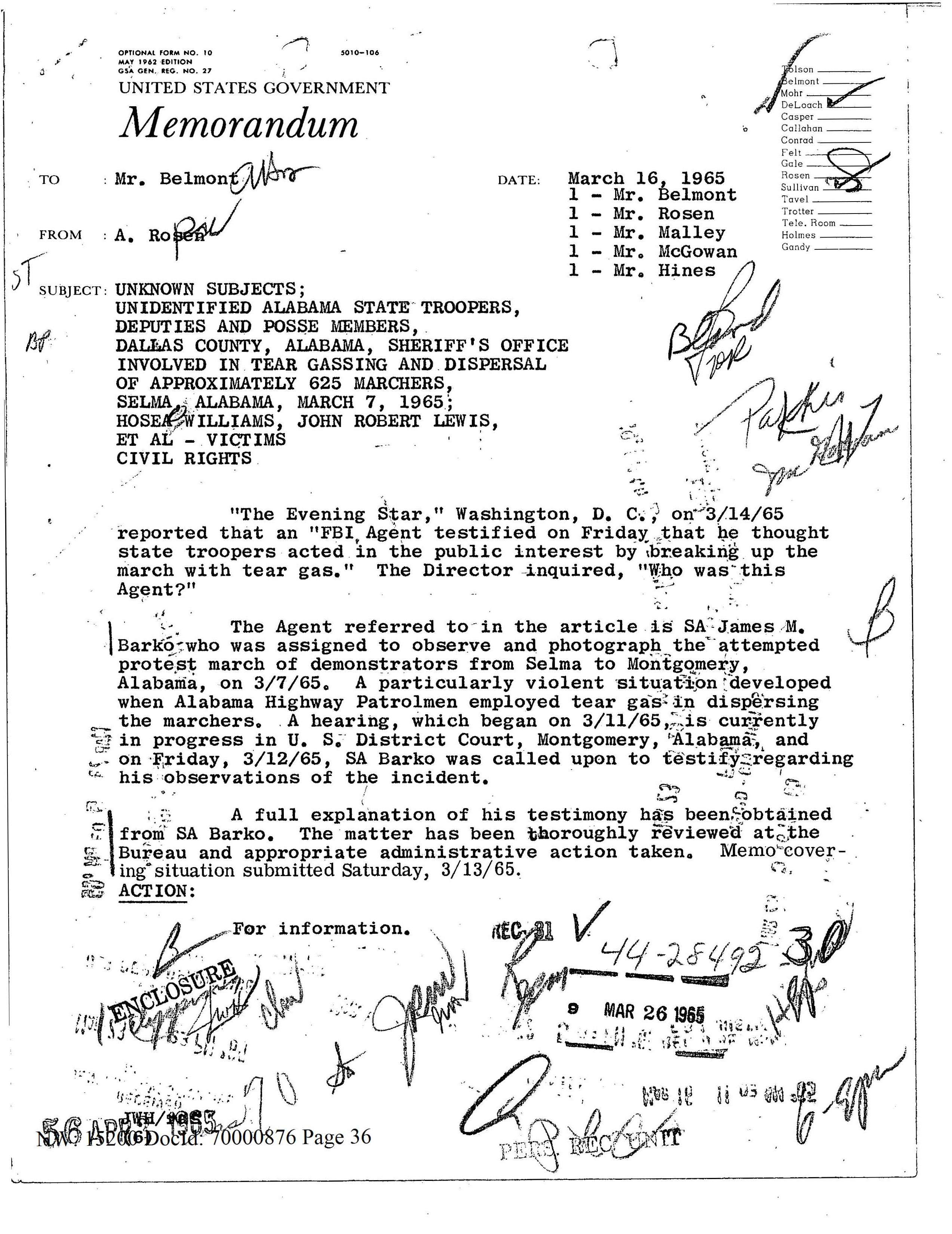
Enter your response
Two more marches followed Bloody Sunday. On "Turnaround Tuesday," two days later, Dr. Martin Luther King led several thousand protesters to the bridge again. During this peaceful march, the protesters stopped, prayed, and then turned around. The third march lasted 5 days and 54 miles and went all the way to Montgomery. The persistence of the protesters and the public support associated with the marches from Selma to Montgomery caused the Federal Government to take action. Congress passed the Voting Rights Act of 1965 and President Lyndon B. Johnson signed it into law on August 6th. Next, watch "The Selma Story" (Click on View Document Details). In the last blank box, answer: Do you think Congress would have passed and President Johnson would have signed the Voting Rights Act if not for the media coverage of Bloody Sunday?
Universal Newsreel Volume 38, Issue 22
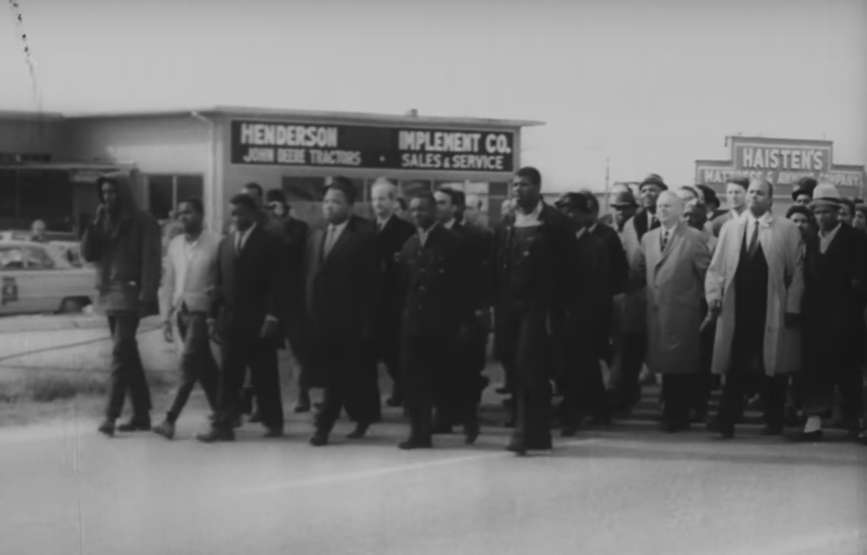
Enter your response
1
Activity Element
Selma to Montgomery March Byway - Edmund Pettus Bridge
Page 1

2
Activity Element
Contact Sheets with Photographs Taken in Selma, Alabama
Page 5

3
Activity Element
Contact Sheets with Photographs Taken in Selma, Alabama
Page 7

4
Activity Element
Contact Sheets with Photographs Taken in Selma, Alabama
Page 10

5
Activity Element
Contact Sheets with Photographs Taken in Selma, Alabama
Page 12

6
Activity Element
Statement of John Lewis
Page 1

7
Activity Element
FBI Memorandums Summarizing Bloody Sunday
Page 1

8
Activity Element
Letter from Alice Guillemette to FBI Director J. Edgar Hoover with Response
Page 1

9
Activity Element
FBI Memorandum Regarding Special Agent James Barko
Page 1

10
Activity Element
Universal Newsreel Volume 38, Issue 22
Page 1

Conclusion
The Impact of Bloody Sunday in Selma
Making Connections
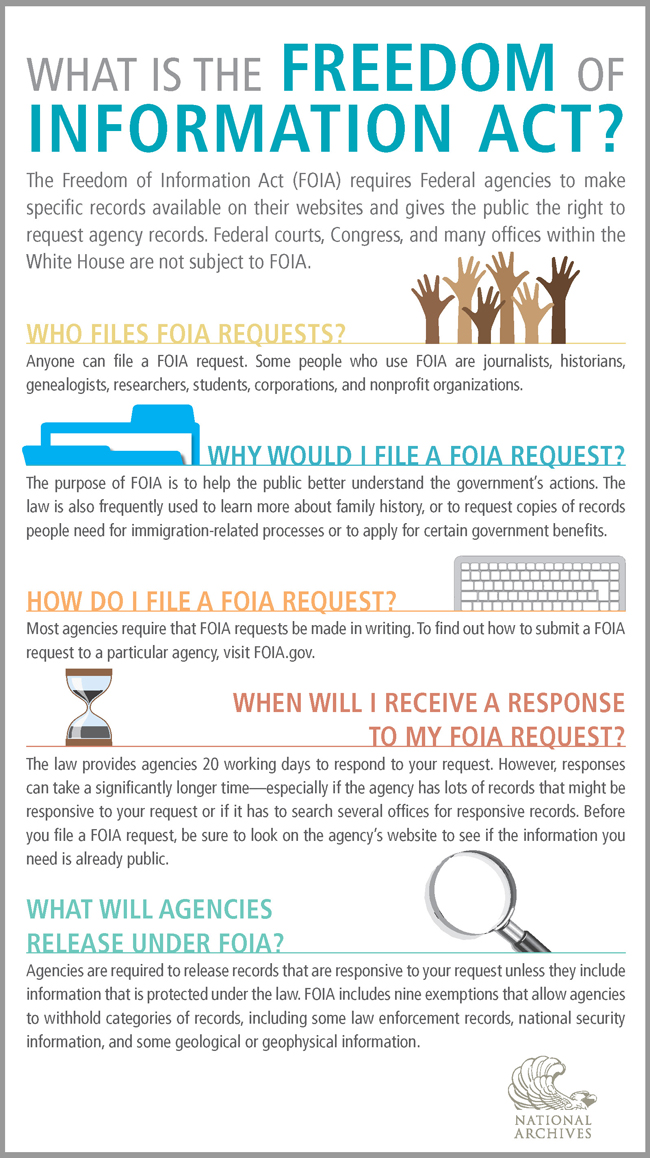 Most of the documents you've seen here come from the FBI case file about Bloody Sunday.
Most of the documents you've seen here come from the FBI case file about Bloody Sunday. In 1965 though, the public couldn't view these documents because they were part of the FBI’s active files. Further, at that time, the Federal government was not required to release its records to those who wished to view them. Congress passed the Freedom of Information Act (FOIA) in 1966 to give the public the right to request Federal agency records. Thanks to a FOIA request, the Bloody Sunday FBI case file is now open and available to the public.
Do you think the Federal Government would have acted differently if FOIA had been in place and the FBI knew the public may be able to see their files? If so, what do you think they might have done differently? Answer in the response box below.
To learn more about FOIA, go to www.foia.gov.
Your Response
Document
Selma to Montgomery March Byway - Edmund Pettus Bridge
The original caption for this photograph is: The name of the Edmund Pettus Bridge highlights a steel beam across a four lane highway. Courtesy of the Alabama Tourism Department.
This primary source comes from the Records of the Federal Highway Administration, 1956 - 2008.
National Archives Identifier: 7722076
Full Citation: Photograph 406-NSB-122-SelmaCivilRightsEdmu_9EC324.jpg; Selma to Montgomery March Byway - Edmund Pettus Bridge; Digital Photographs Relating to America's Byways, ca. 1995 - ca. 2013; Records of the Federal Highway Administration, 1956 - 2008, ; National Archives at College Park, College Park, MD. [Online Version, https://docsteach.org/documents/document/edmund-pettus-bridge, April 24, 2024]Selma to Montgomery March Byway - Edmund Pettus Bridge
Page 1
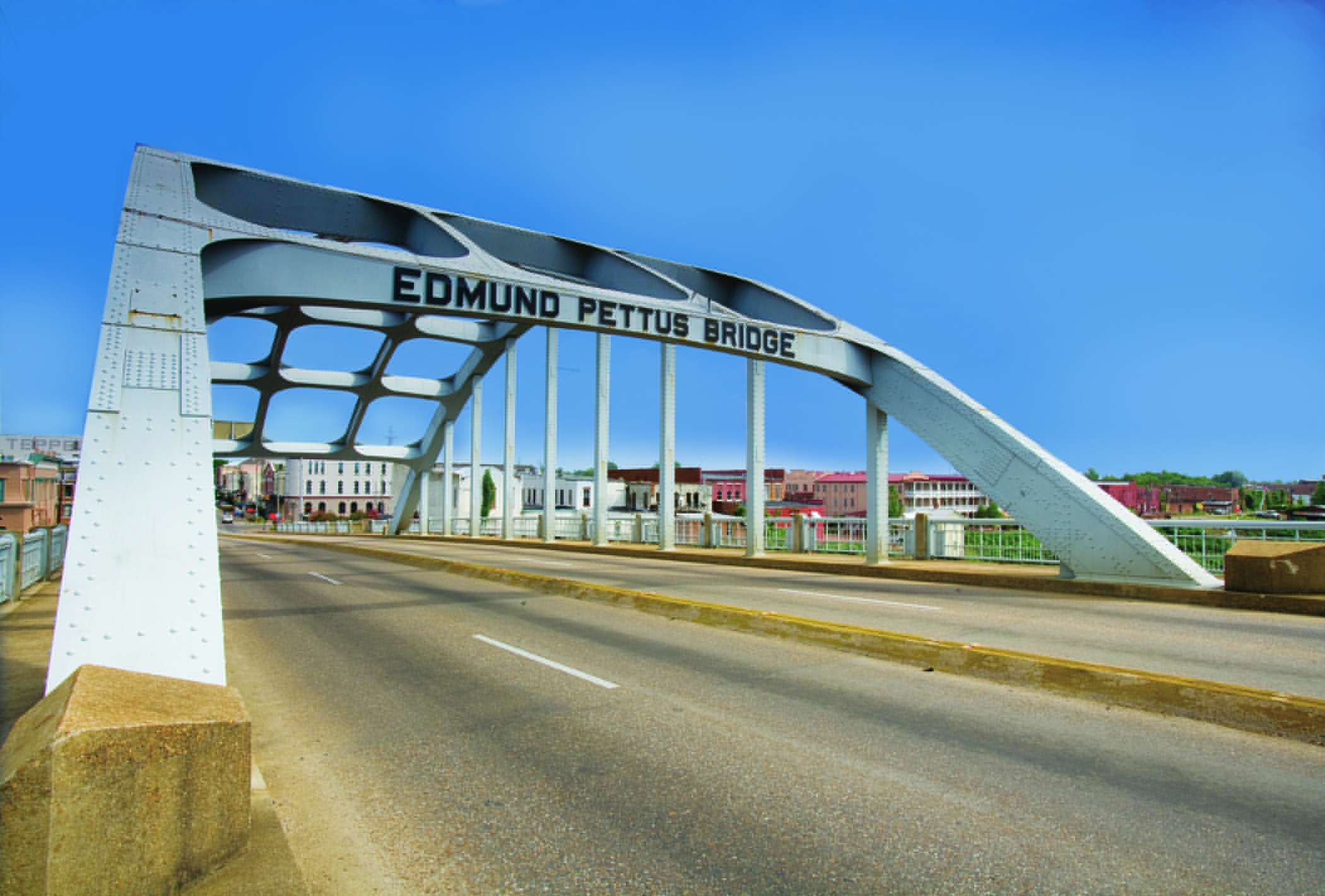
Document
Contact Sheets with Photographs Taken in Selma, Alabama
3/6/1965 - 3/15/1965
These photographs taken by FBI special agents show Alabama State troopers, deputies and posse members involved in tear gassing and the dispersal of approximately 625 marchers in Selma, Alabama, on March 7, 1965. Each contact sheet includes photographs from one roll of film. Descriptions of the pictures and the name of the agent who took them are included after each sheet.
This primary source comes from the Records of the Federal Bureau of Investigation.
National Archives Identifier: 7634471
Full Citation: Contact Sheets with Photographs Taken in Selma, Alabama ; 3/6/1965 - 3/15/1965; 44-28492, Section 1 Serials 1-42, Alabama (1965) 3/7 Selma to Montgomery March, Edmund Pettus Bridge (Photos), Martin Luther King, Jr., A.D. King, Ralph Abernathy, A. Phillip Randolph, John Robert Lew; Classification 44 (Civil Rights) Headquarters Case Files, 1924 - 1978; Records of the Federal Bureau of Investigation, ; National Archives at College Park, College Park, MD. [Online Version, https://docsteach.org/documents/document/selma-contact-sheets, April 24, 2024]Contact Sheets with Photographs Taken in Selma, Alabama
Page 1
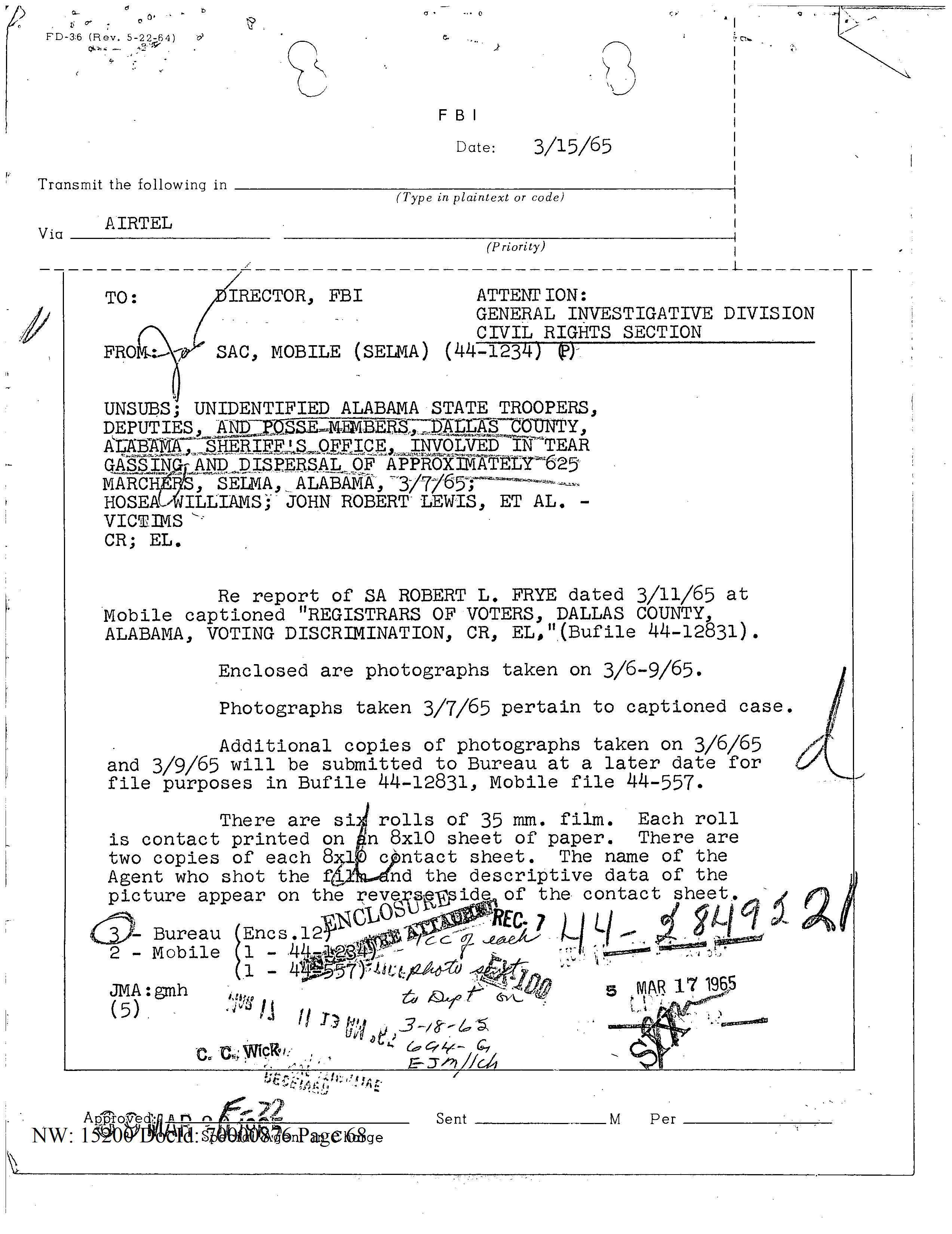
Contact Sheets with Photographs Taken in Selma, Alabama
Page 2
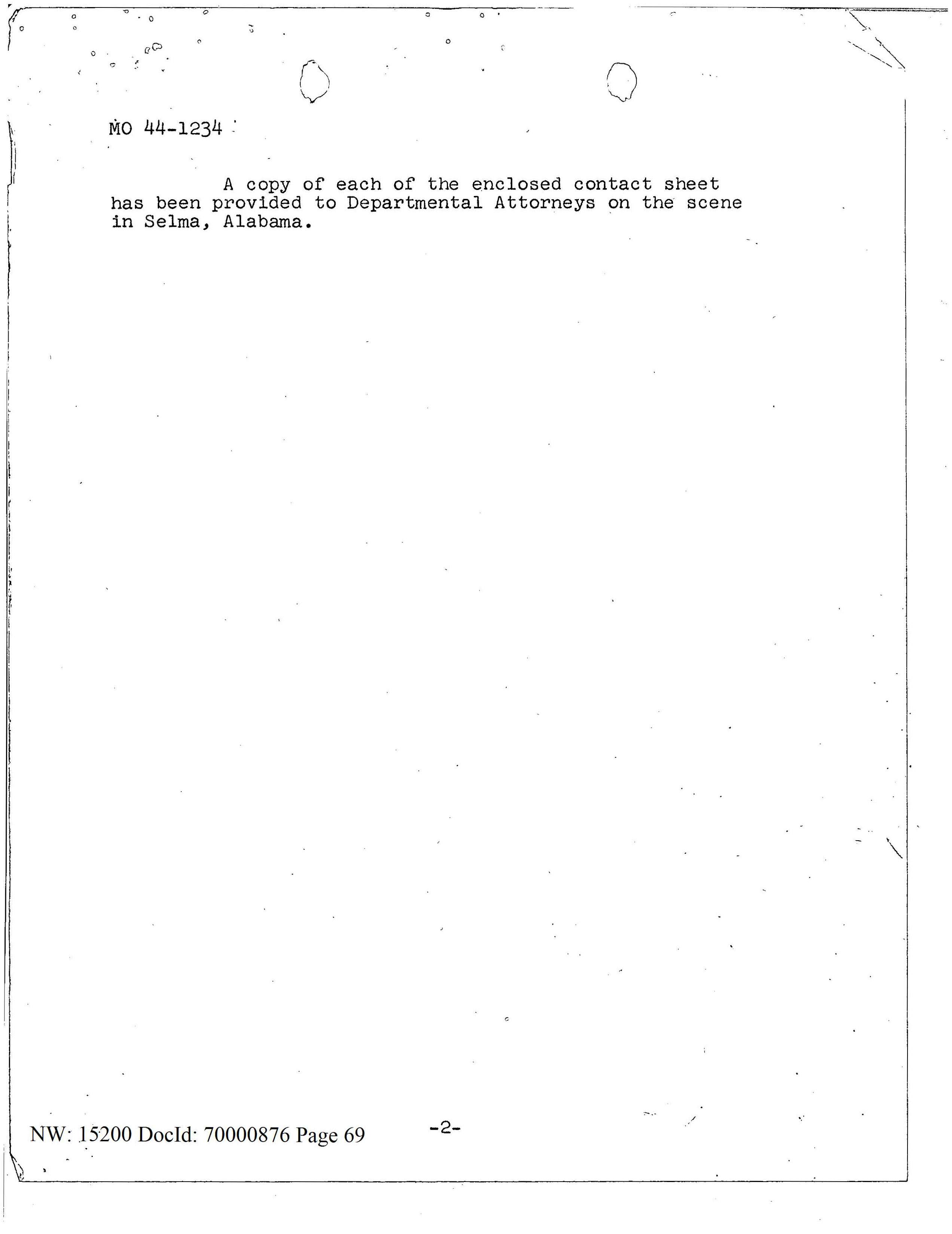
Contact Sheets with Photographs Taken in Selma, Alabama
Page 3
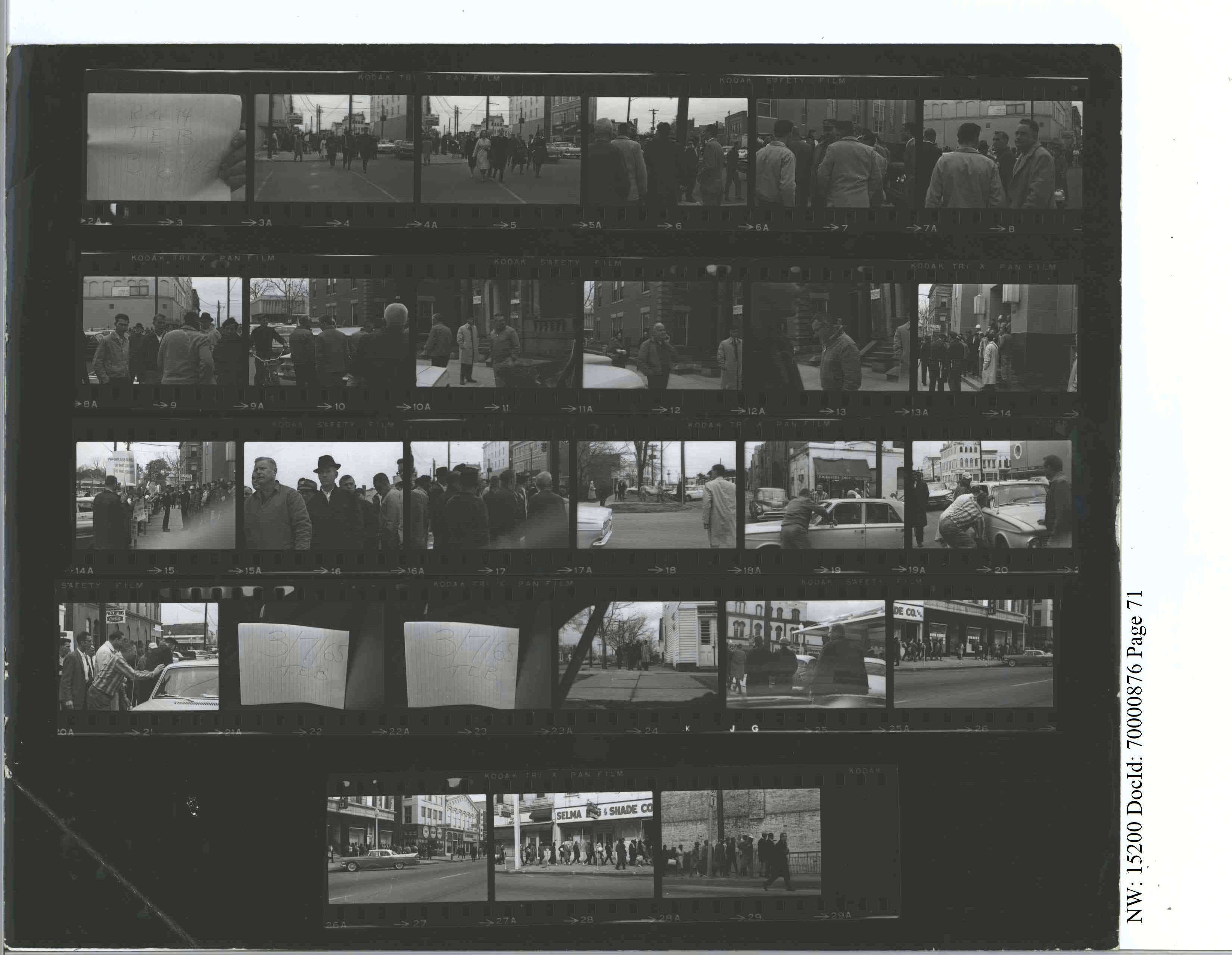
Contact Sheets with Photographs Taken in Selma, Alabama
Page 4

Contact Sheets with Photographs Taken in Selma, Alabama
Page 5
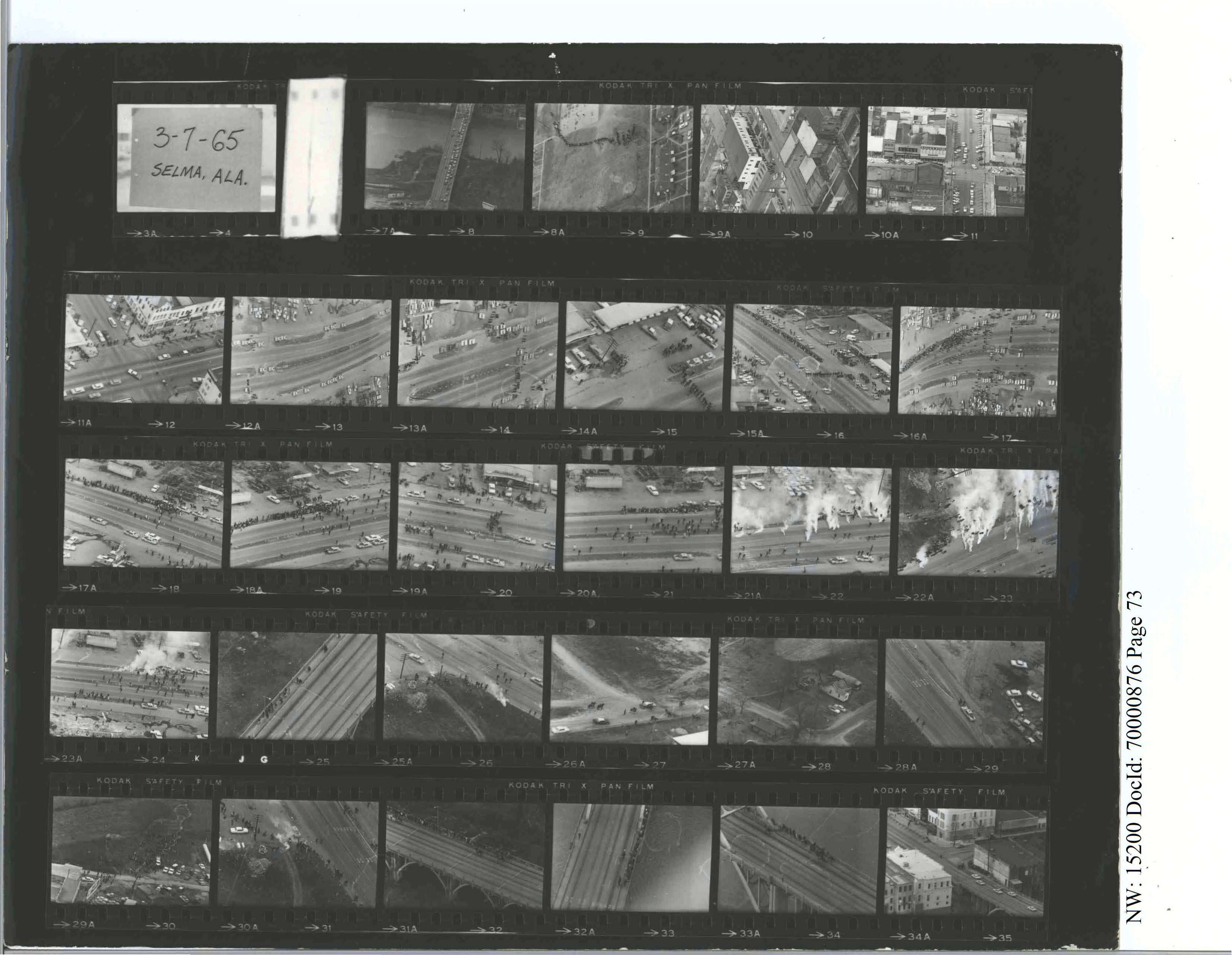
Contact Sheets with Photographs Taken in Selma, Alabama
Page 6
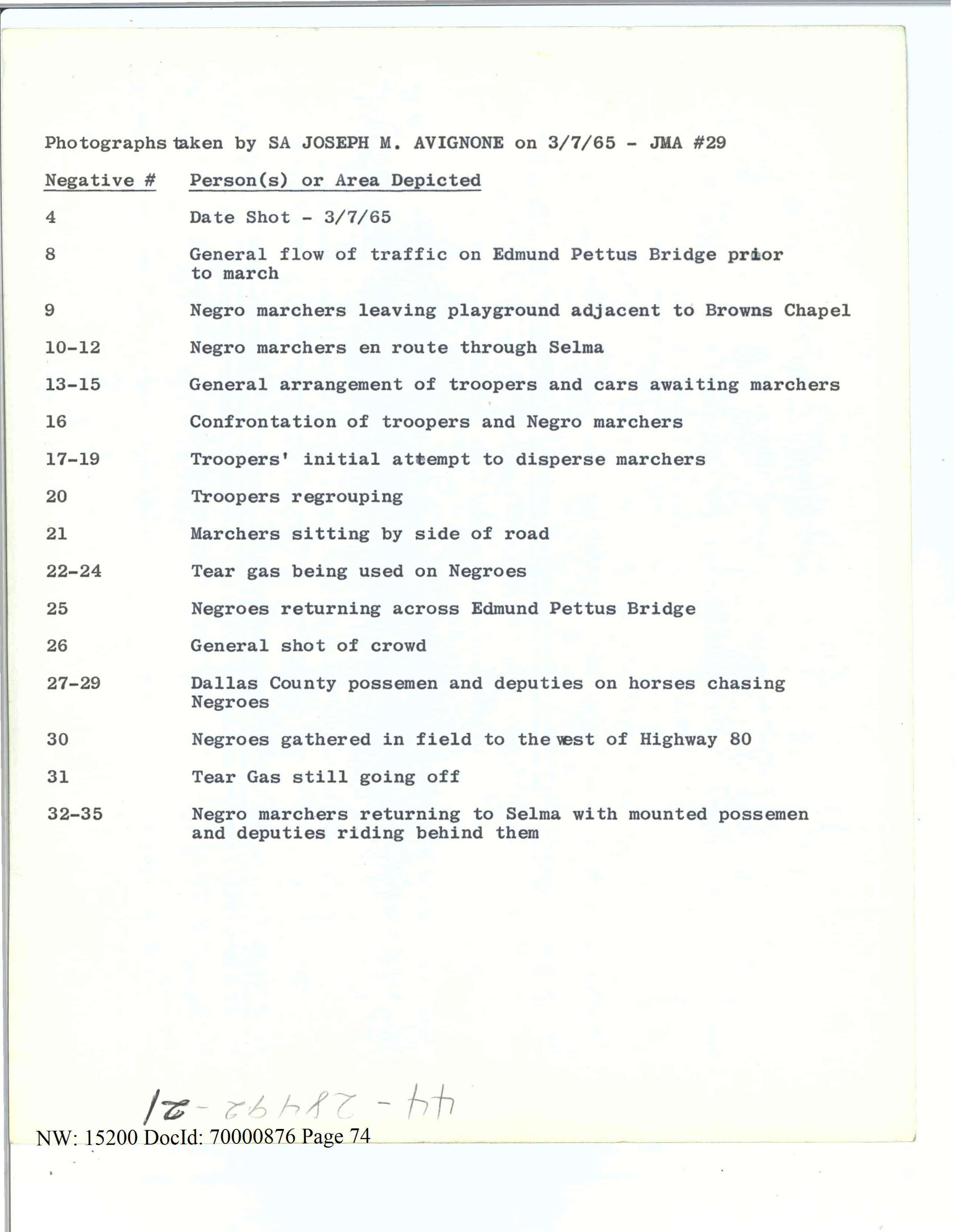
Contact Sheets with Photographs Taken in Selma, Alabama
Page 7
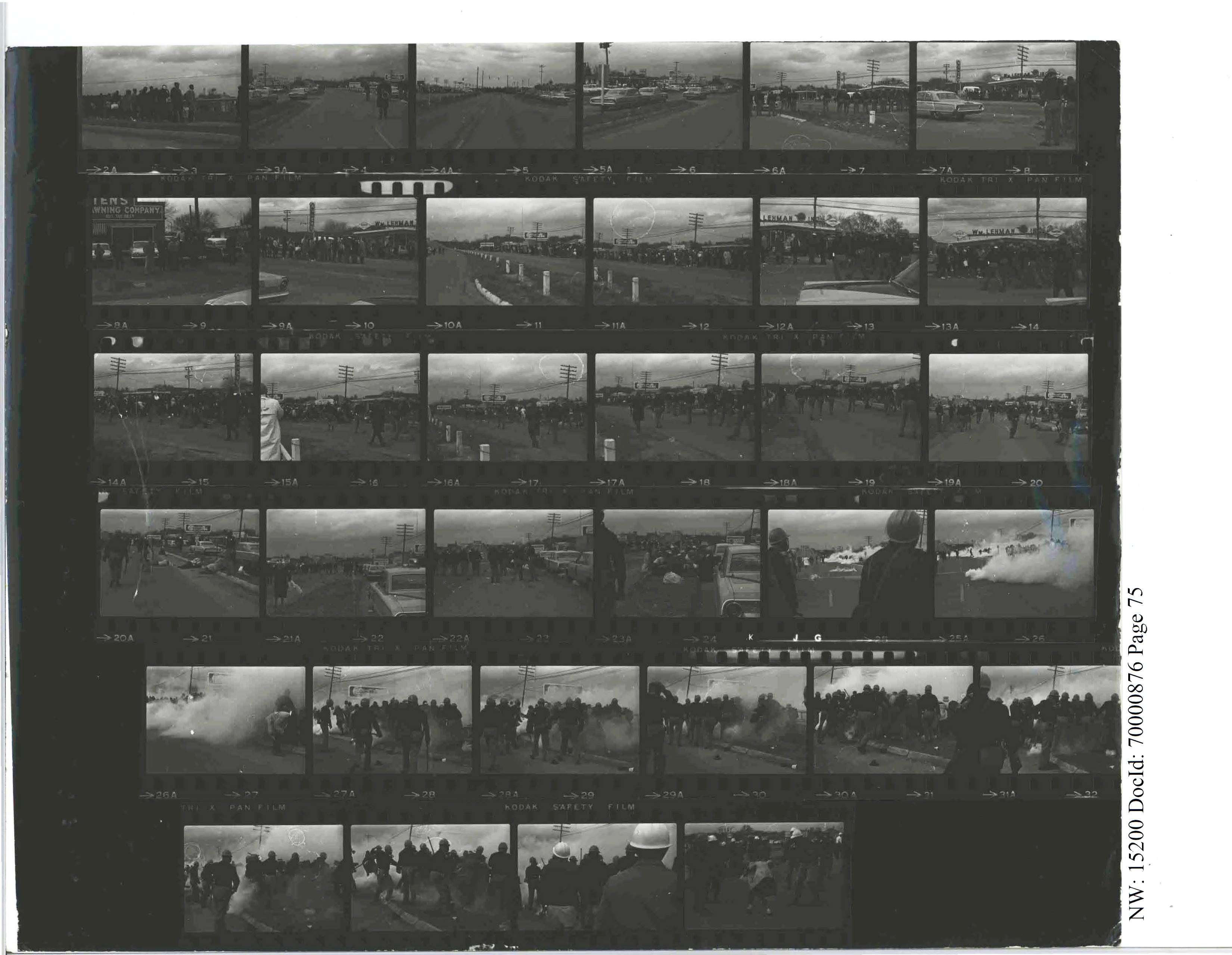
Contact Sheets with Photographs Taken in Selma, Alabama
Page 8
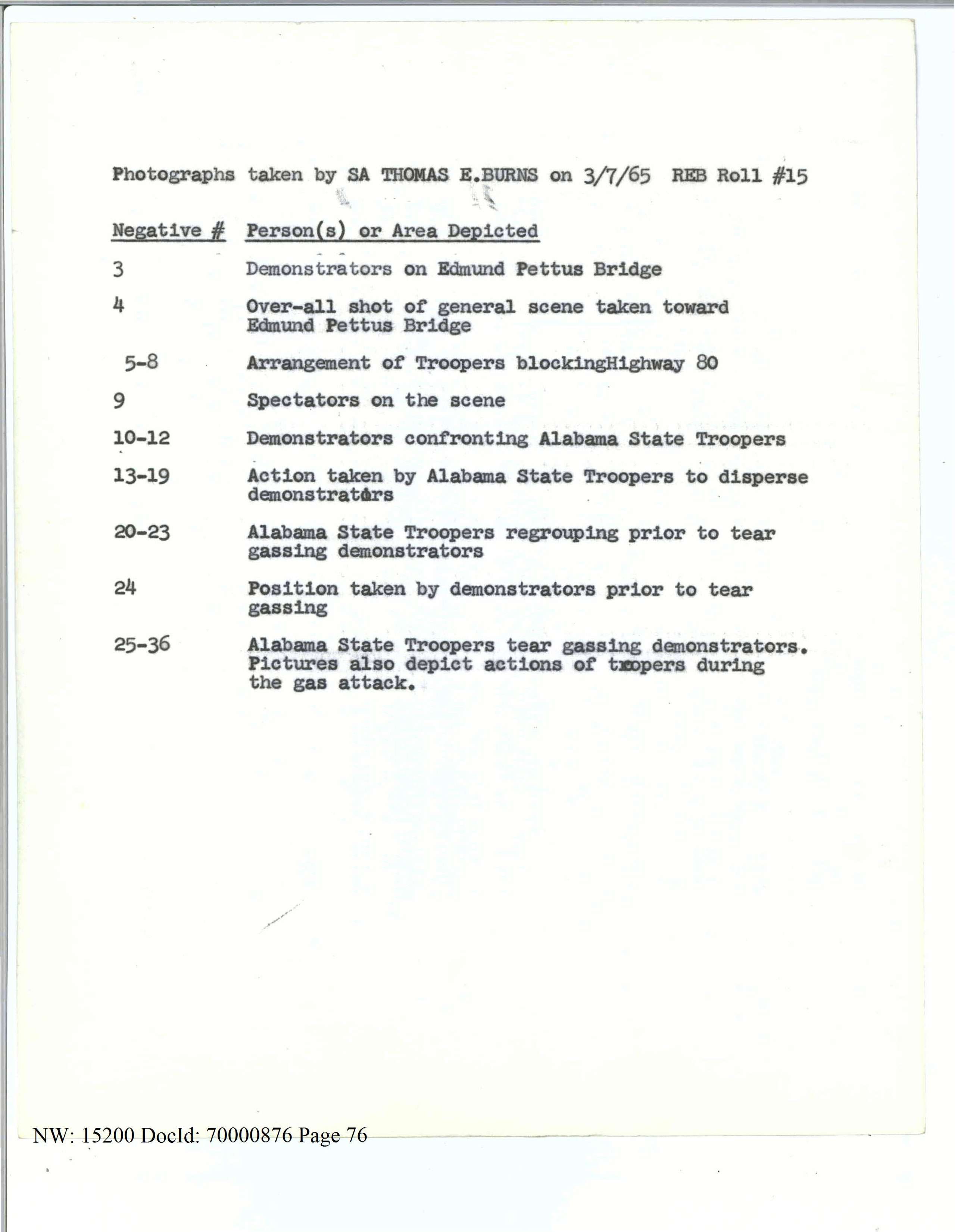
Contact Sheets with Photographs Taken in Selma, Alabama
Page 10
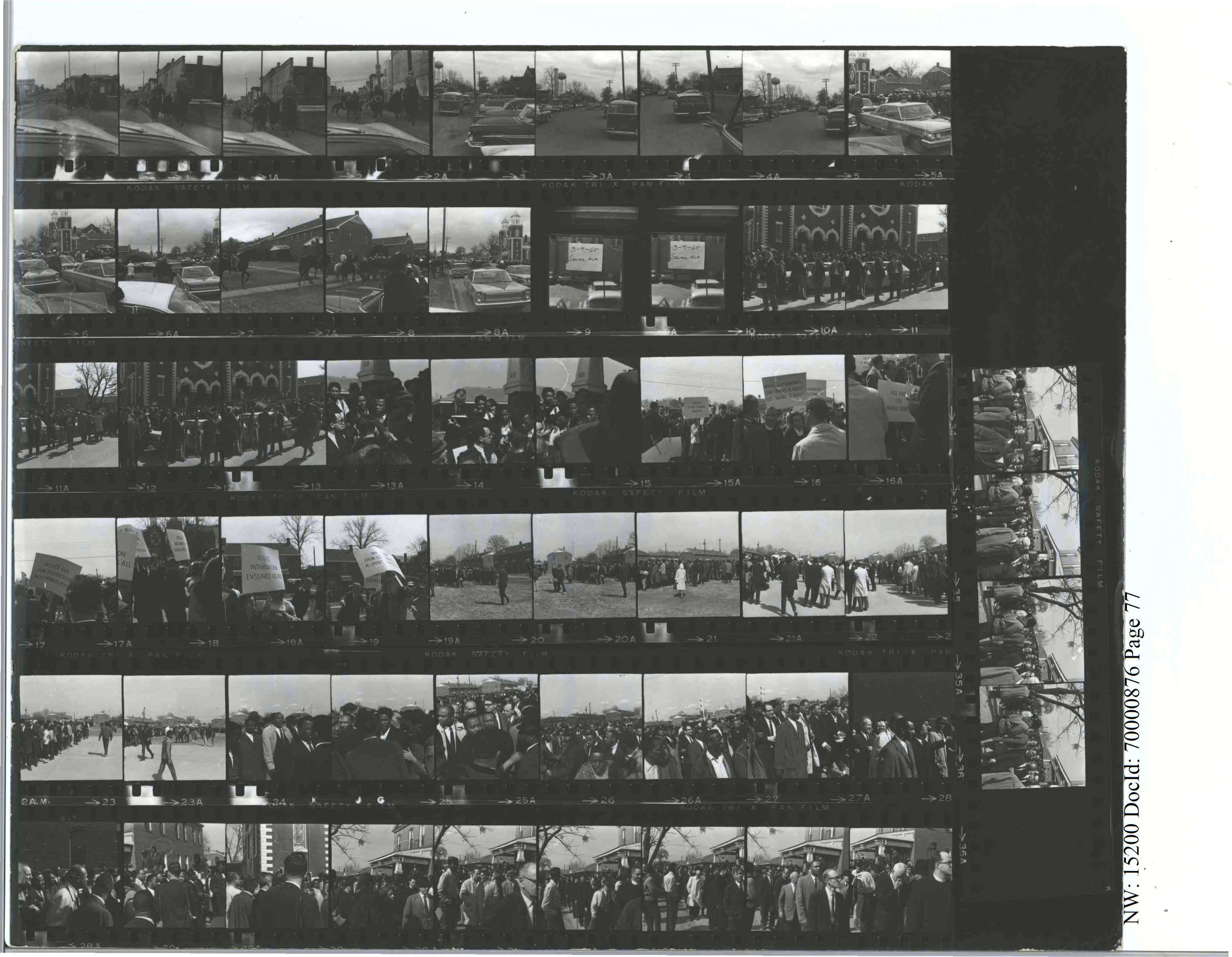
Contact Sheets with Photographs Taken in Selma, Alabama
Page 11
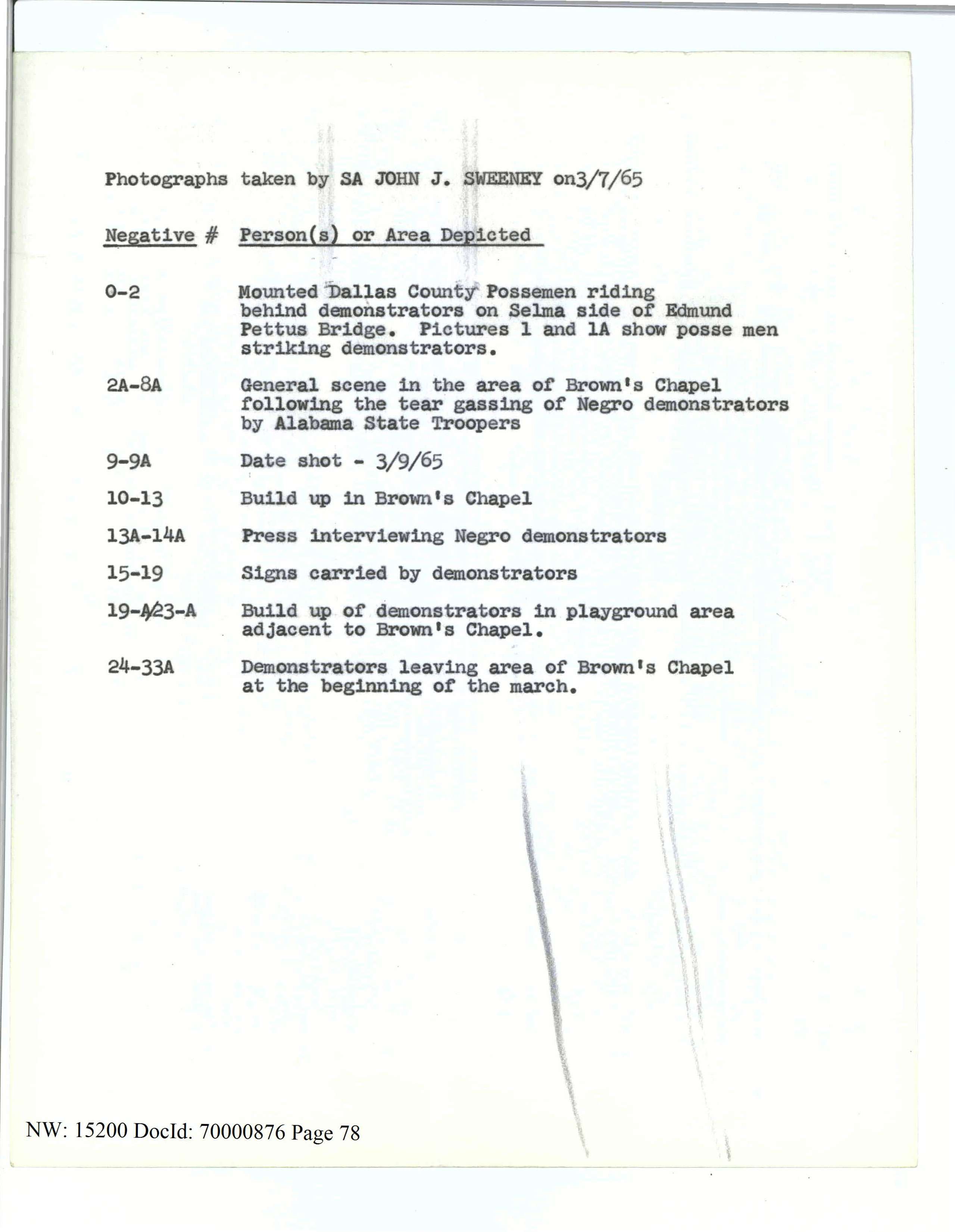
Contact Sheets with Photographs Taken in Selma, Alabama
Page 12
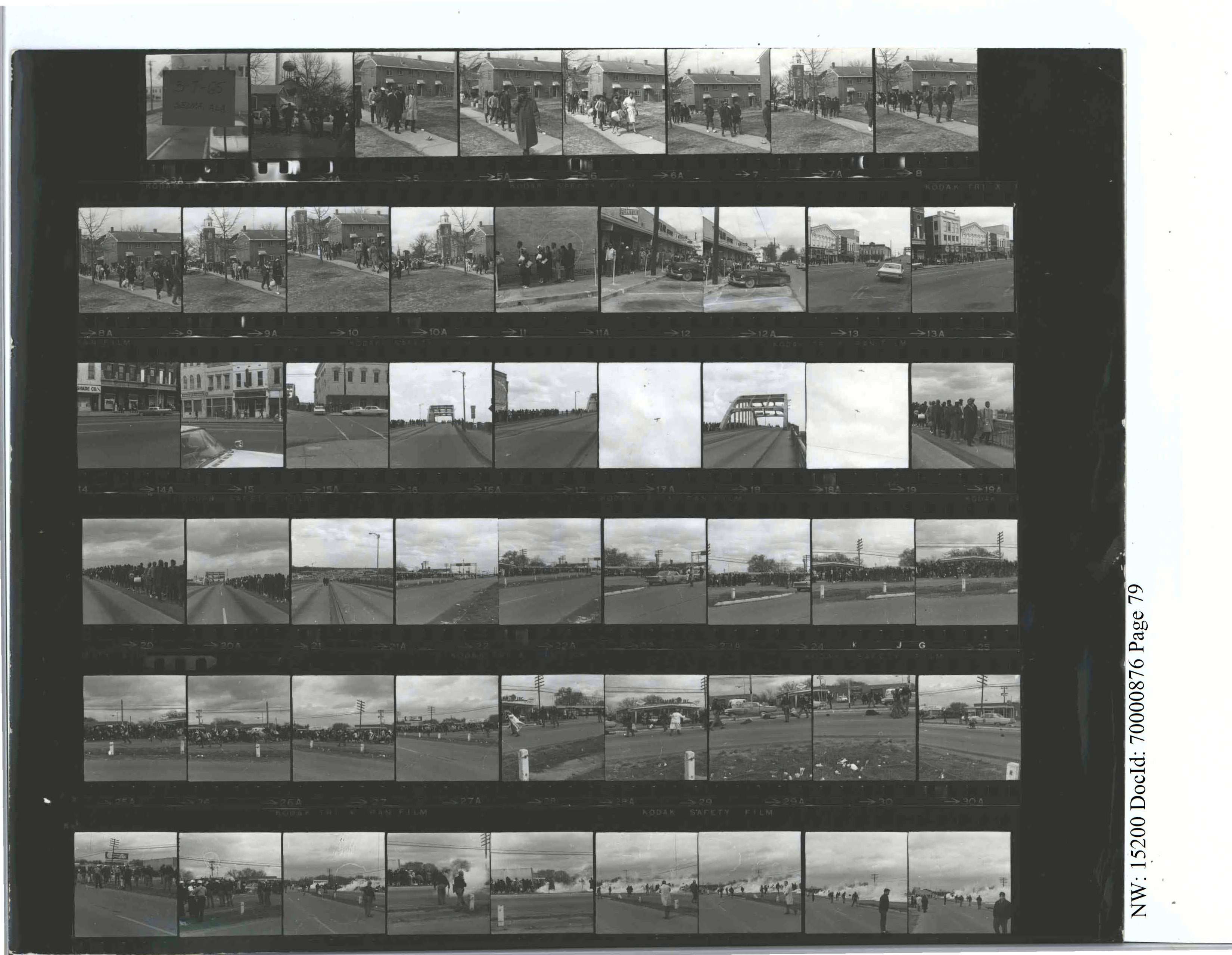
Contact Sheets with Photographs Taken in Selma, Alabama
Page 13
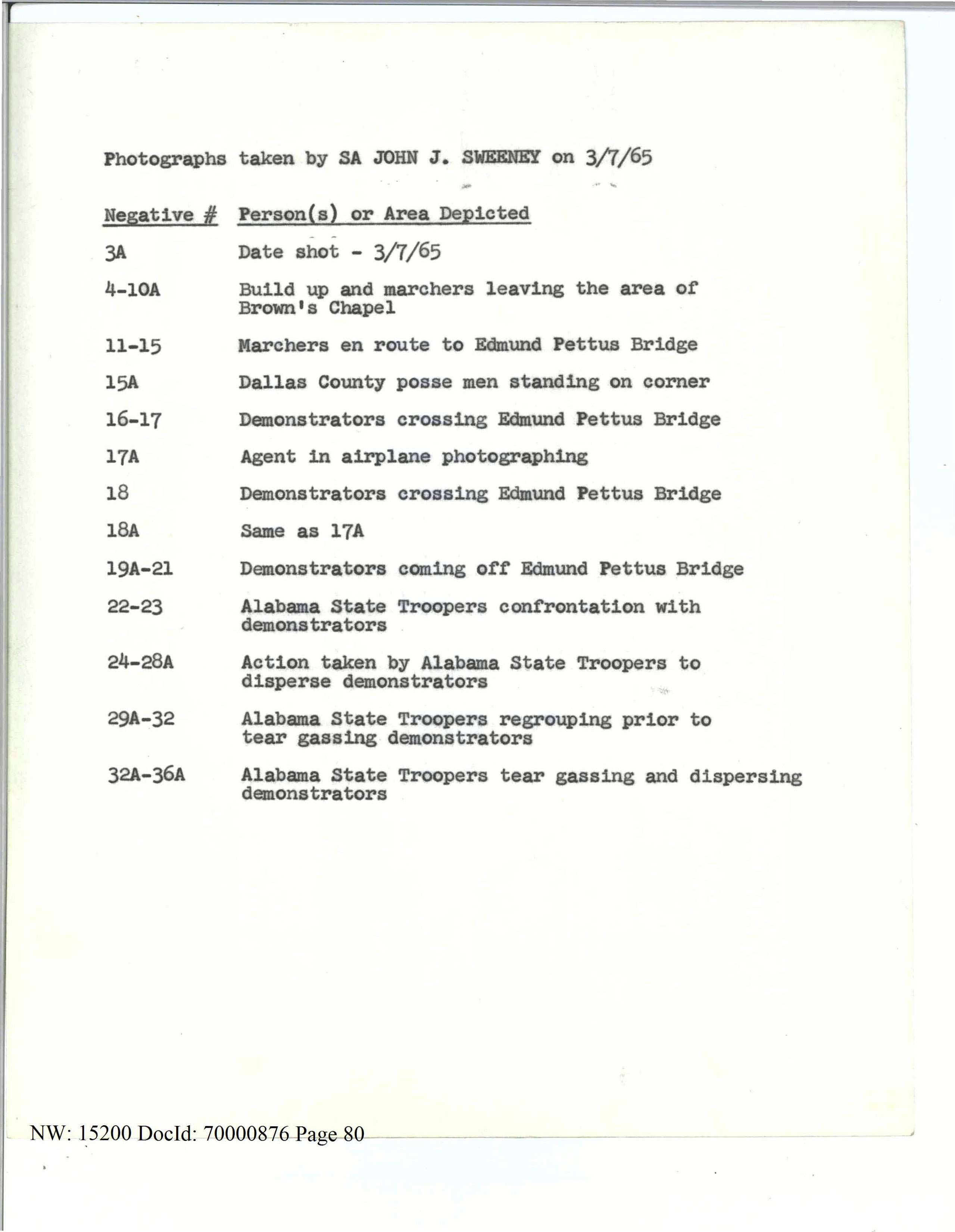
Contact Sheets with Photographs Taken in Selma, Alabama
Page 14
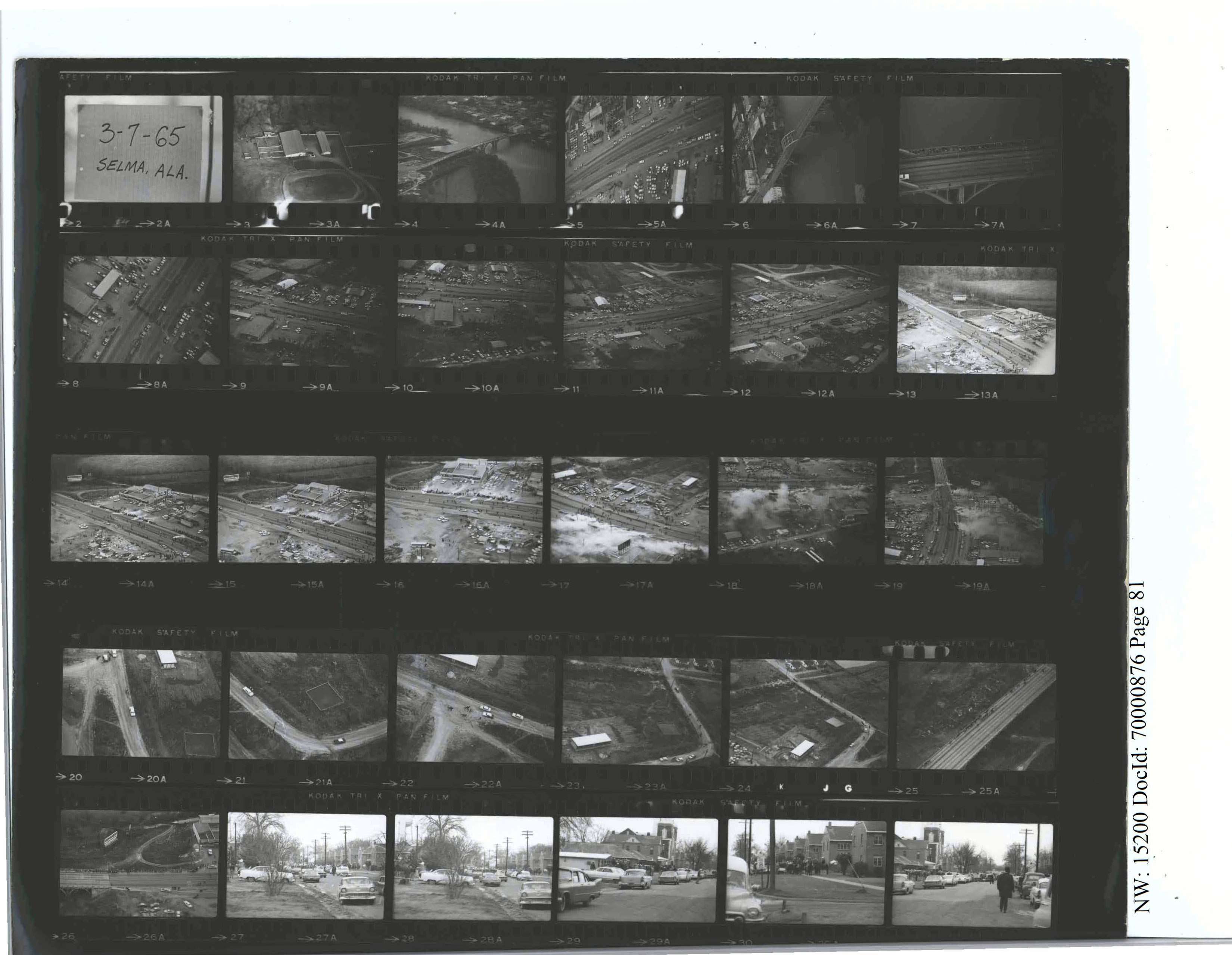
Contact Sheets with Photographs Taken in Selma, Alabama
Page 15
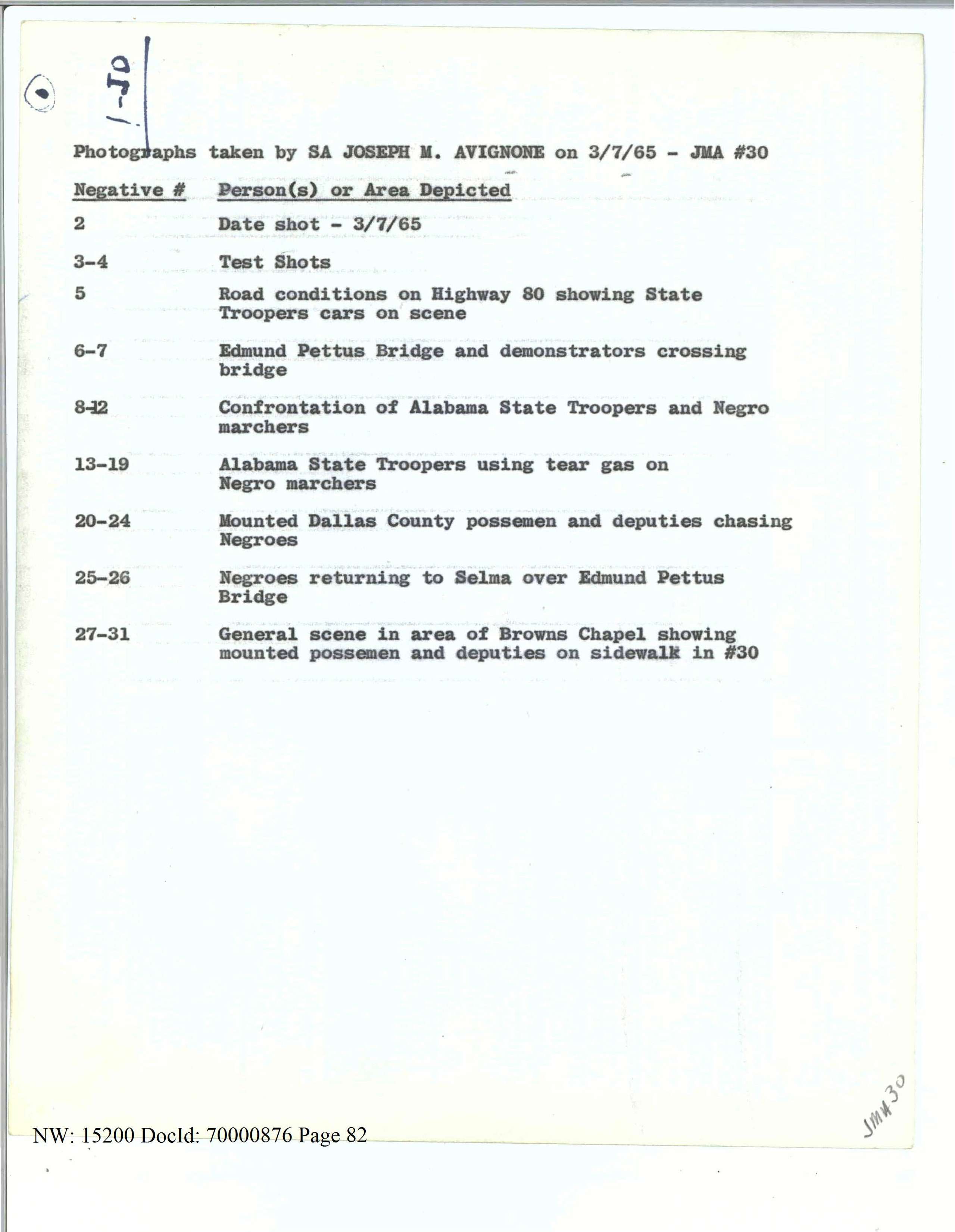
Document
Contact Sheets with Photographs Taken in Selma, Alabama
3/6/1965 - 3/15/1965
These photographs taken by FBI special agents show Alabama State troopers, deputies and posse members involved in tear gassing and the dispersal of approximately 625 marchers in Selma, Alabama, on March 7, 1965. Each contact sheet includes photographs from one roll of film. Descriptions of the pictures and the name of the agent who took them are included after each sheet.
This primary source comes from the Records of the Federal Bureau of Investigation.
National Archives Identifier: 7634471
Full Citation: Contact Sheets with Photographs Taken in Selma, Alabama ; 3/6/1965 - 3/15/1965; 44-28492, Section 1 Serials 1-42, Alabama (1965) 3/7 Selma to Montgomery March, Edmund Pettus Bridge (Photos), Martin Luther King, Jr., A.D. King, Ralph Abernathy, A. Phillip Randolph, John Robert Lew; Classification 44 (Civil Rights) Headquarters Case Files, 1924 - 1978; Records of the Federal Bureau of Investigation, ; National Archives at College Park, College Park, MD. [Online Version, https://docsteach.org/documents/document/selma-contact-sheets, April 24, 2024]Contact Sheets with Photographs Taken in Selma, Alabama
Page 1

Contact Sheets with Photographs Taken in Selma, Alabama
Page 2

Contact Sheets with Photographs Taken in Selma, Alabama
Page 3

Contact Sheets with Photographs Taken in Selma, Alabama
Page 4

Contact Sheets with Photographs Taken in Selma, Alabama
Page 5

Contact Sheets with Photographs Taken in Selma, Alabama
Page 6

Contact Sheets with Photographs Taken in Selma, Alabama
Page 7

Contact Sheets with Photographs Taken in Selma, Alabama
Page 8

Contact Sheets with Photographs Taken in Selma, Alabama
Page 10

Contact Sheets with Photographs Taken in Selma, Alabama
Page 11

Contact Sheets with Photographs Taken in Selma, Alabama
Page 12

Contact Sheets with Photographs Taken in Selma, Alabama
Page 13

Contact Sheets with Photographs Taken in Selma, Alabama
Page 14

Contact Sheets with Photographs Taken in Selma, Alabama
Page 15

Document
Contact Sheets with Photographs Taken in Selma, Alabama
3/6/1965 - 3/15/1965
These photographs taken by FBI special agents show Alabama State troopers, deputies and posse members involved in tear gassing and the dispersal of approximately 625 marchers in Selma, Alabama, on March 7, 1965. Each contact sheet includes photographs from one roll of film. Descriptions of the pictures and the name of the agent who took them are included after each sheet.
This primary source comes from the Records of the Federal Bureau of Investigation.
National Archives Identifier: 7634471
Full Citation: Contact Sheets with Photographs Taken in Selma, Alabama ; 3/6/1965 - 3/15/1965; 44-28492, Section 1 Serials 1-42, Alabama (1965) 3/7 Selma to Montgomery March, Edmund Pettus Bridge (Photos), Martin Luther King, Jr., A.D. King, Ralph Abernathy, A. Phillip Randolph, John Robert Lew; Classification 44 (Civil Rights) Headquarters Case Files, 1924 - 1978; Records of the Federal Bureau of Investigation, ; National Archives at College Park, College Park, MD. [Online Version, https://docsteach.org/documents/document/selma-contact-sheets, April 24, 2024]Contact Sheets with Photographs Taken in Selma, Alabama
Page 1

Contact Sheets with Photographs Taken in Selma, Alabama
Page 2

Contact Sheets with Photographs Taken in Selma, Alabama
Page 3

Contact Sheets with Photographs Taken in Selma, Alabama
Page 4

Contact Sheets with Photographs Taken in Selma, Alabama
Page 5

Contact Sheets with Photographs Taken in Selma, Alabama
Page 6

Contact Sheets with Photographs Taken in Selma, Alabama
Page 7

Contact Sheets with Photographs Taken in Selma, Alabama
Page 8

Contact Sheets with Photographs Taken in Selma, Alabama
Page 10

Contact Sheets with Photographs Taken in Selma, Alabama
Page 11

Contact Sheets with Photographs Taken in Selma, Alabama
Page 12

Contact Sheets with Photographs Taken in Selma, Alabama
Page 13

Contact Sheets with Photographs Taken in Selma, Alabama
Page 14

Contact Sheets with Photographs Taken in Selma, Alabama
Page 15

Document
Contact Sheets with Photographs Taken in Selma, Alabama
3/6/1965 - 3/15/1965
These photographs taken by FBI special agents show Alabama State troopers, deputies and posse members involved in tear gassing and the dispersal of approximately 625 marchers in Selma, Alabama, on March 7, 1965. Each contact sheet includes photographs from one roll of film. Descriptions of the pictures and the name of the agent who took them are included after each sheet.
This primary source comes from the Records of the Federal Bureau of Investigation.
National Archives Identifier: 7634471
Full Citation: Contact Sheets with Photographs Taken in Selma, Alabama ; 3/6/1965 - 3/15/1965; 44-28492, Section 1 Serials 1-42, Alabama (1965) 3/7 Selma to Montgomery March, Edmund Pettus Bridge (Photos), Martin Luther King, Jr., A.D. King, Ralph Abernathy, A. Phillip Randolph, John Robert Lew; Classification 44 (Civil Rights) Headquarters Case Files, 1924 - 1978; Records of the Federal Bureau of Investigation, ; National Archives at College Park, College Park, MD. [Online Version, https://docsteach.org/documents/document/selma-contact-sheets, April 24, 2024]Contact Sheets with Photographs Taken in Selma, Alabama
Page 1

Contact Sheets with Photographs Taken in Selma, Alabama
Page 2

Contact Sheets with Photographs Taken in Selma, Alabama
Page 3

Contact Sheets with Photographs Taken in Selma, Alabama
Page 4

Contact Sheets with Photographs Taken in Selma, Alabama
Page 5

Contact Sheets with Photographs Taken in Selma, Alabama
Page 6

Contact Sheets with Photographs Taken in Selma, Alabama
Page 7

Contact Sheets with Photographs Taken in Selma, Alabama
Page 8

Contact Sheets with Photographs Taken in Selma, Alabama
Page 10

Contact Sheets with Photographs Taken in Selma, Alabama
Page 11

Contact Sheets with Photographs Taken in Selma, Alabama
Page 12

Contact Sheets with Photographs Taken in Selma, Alabama
Page 13

Contact Sheets with Photographs Taken in Selma, Alabama
Page 14

Contact Sheets with Photographs Taken in Selma, Alabama
Page 15

Document
Statement of John Lewis
3/11/1965
John Lewis gave this statement to an FBI agent about being assaulted on the Edmund Pettus Bridge while marching in Selma, Alabama, on March 7, 1965, "Bloody Sunday." He received a head injury in the melee. Lewis, representing the Student Non-Violent Coordinating Committee (SNCC), led the march alongside Hosea Williams of the Southern Christian Leadership Conference (SCLC).
This primary source comes from the Records of the Federal Bureau of Investigation.
Full Citation: Statement of John Lewis; 3/11/1965; 44-28492, Section 1 Serials 1-42, Alabama (1965) 3/7 Selma to Montgomery March, Edmund Pettus Bridge (Photos), Martin Luther King, Jr., A.D. King, Ralph Abernathy, A. Phillip Randolph, John Robert Lew; Classification 44 (Civil Rights) Headquarters Case Files, 1924 - 1978; Records of the Federal Bureau of Investigation, ; National Archives at College Park, College Park, MD. [Online Version, https://docsteach.org/documents/document/john-lewis-to-fbi, April 24, 2024]Statement of John Lewis
Page 1
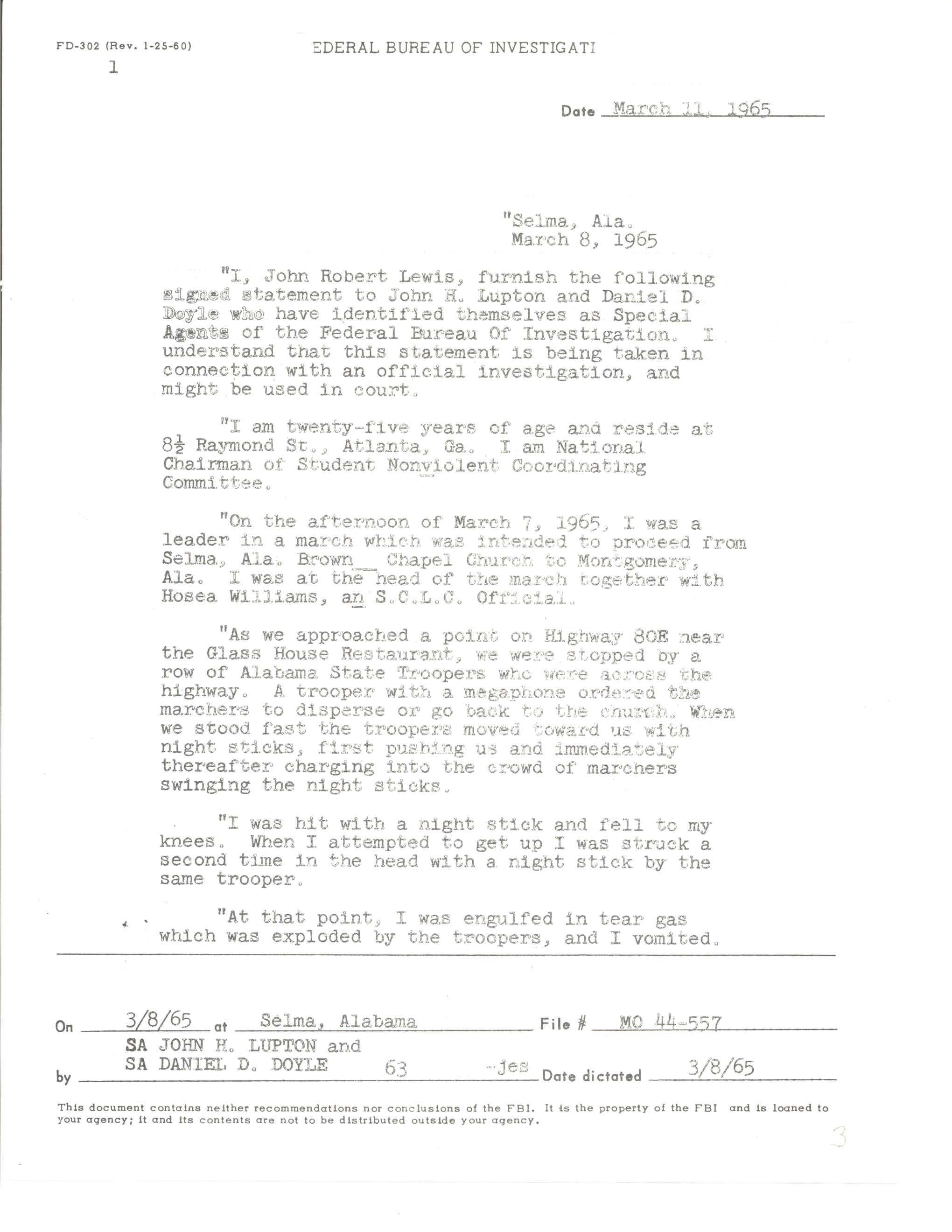
Statement of John Lewis
Page 2
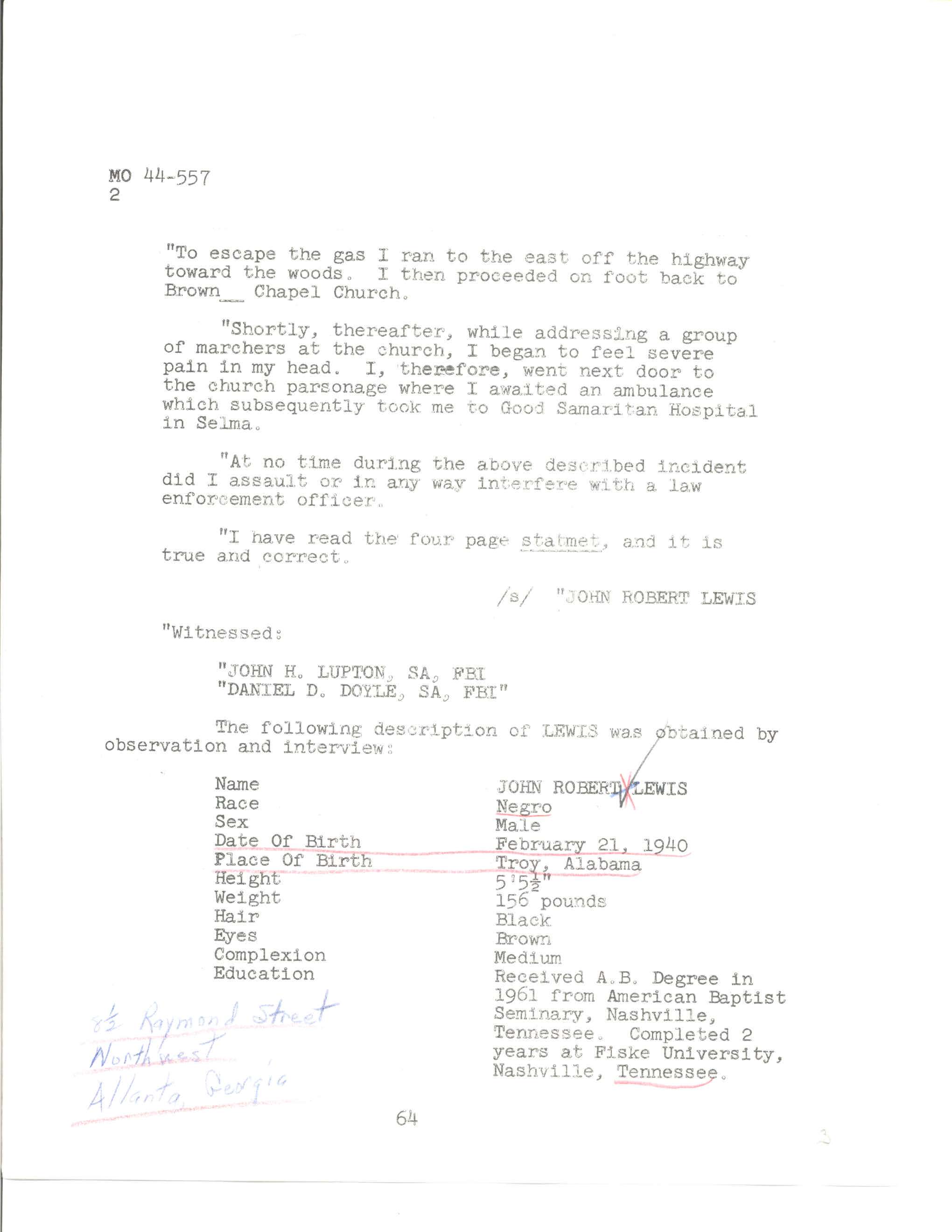
Statement of John Lewis
Page 3
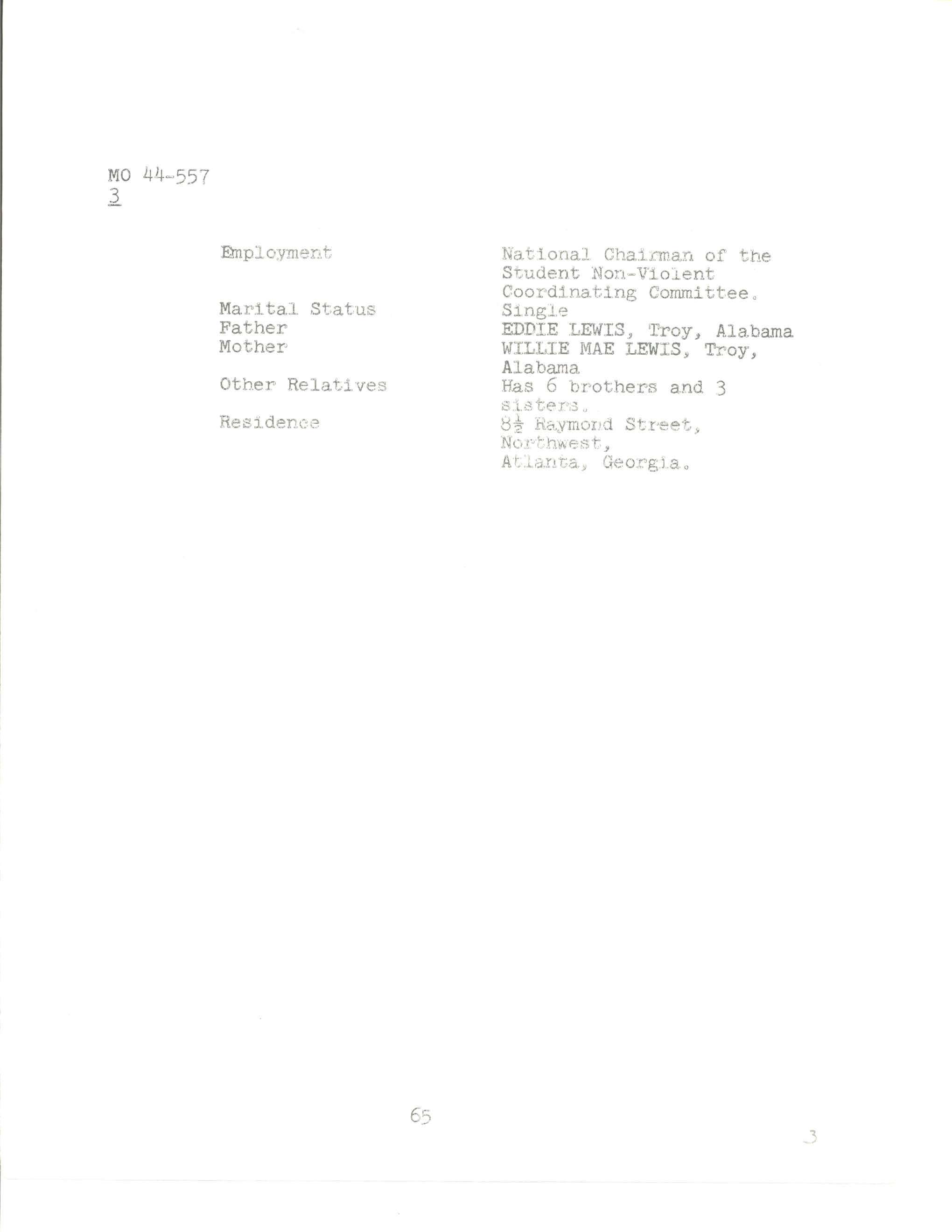
Document
FBI Memorandums Summarizing Bloody Sunday
3/10/1965 - 3/12/1965
This memo to Mr. Belmont from A. Rosen criticized the violent actions of Alabama State Troopers, with no provocation, against the protesters on the Edmund Pettus Bridge on March 7, 1965. It gives detailed information on the events that occurred on what came to be known as "Bloody Sunday."
This primary source comes from the Records of the Federal Bureau of Investigation.
National Archives Identifier: 7634471
Full Citation: FBI Memorandums Summarizing Bloody Sunday; 3/10/1965 - 3/12/1965; 44-28492, Section 1 Serials 1-42, Alabama (1965) 3/7 Selma to Montgomery March, Edmund Pettus Bridge (Photos), Martin Luther King, Jr., A.D. King, Ralph Abernathy, A. Phillip Randolph, John Robert Lew; Classification 44 (Civil Rights) Headquarters Case Files, 1924 - 1978; Records of the Federal Bureau of Investigation, ; National Archives at College Park, College Park, MD. [Online Version, https://docsteach.org/documents/document/fbi-memo-bloody-sunday, April 24, 2024]FBI Memorandums Summarizing Bloody Sunday
Page 1
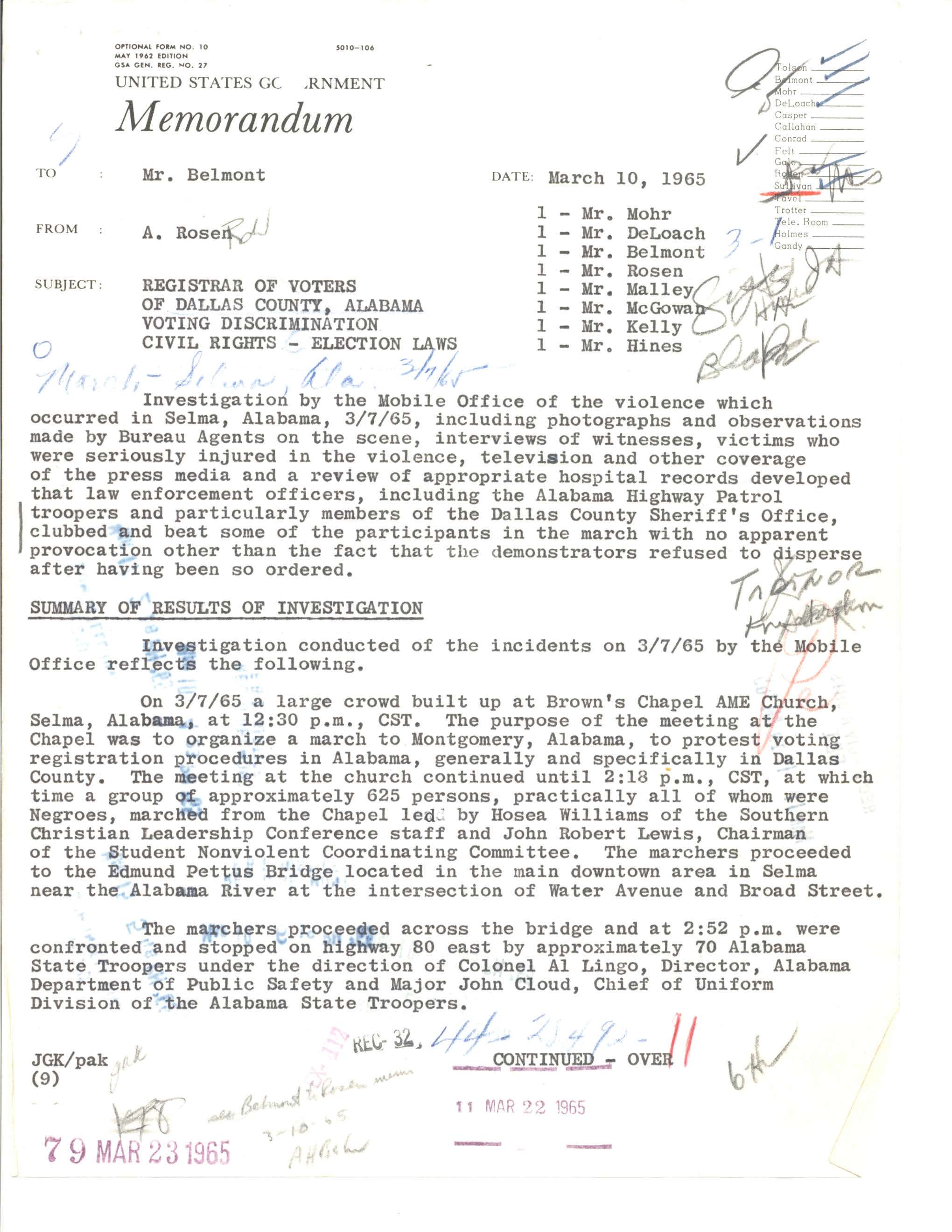
FBI Memorandums Summarizing Bloody Sunday
Page 2
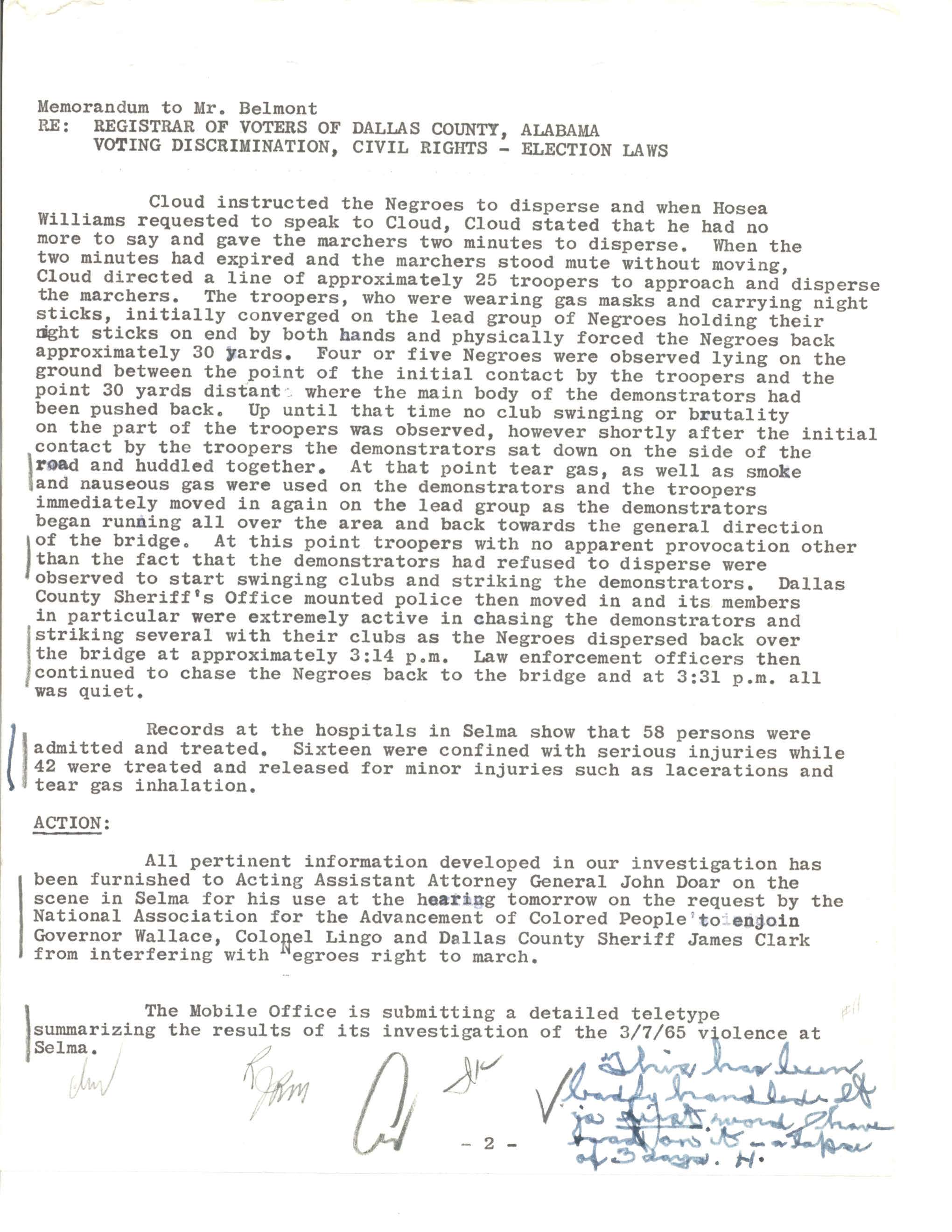
FBI Memorandums Summarizing Bloody Sunday
Page 3
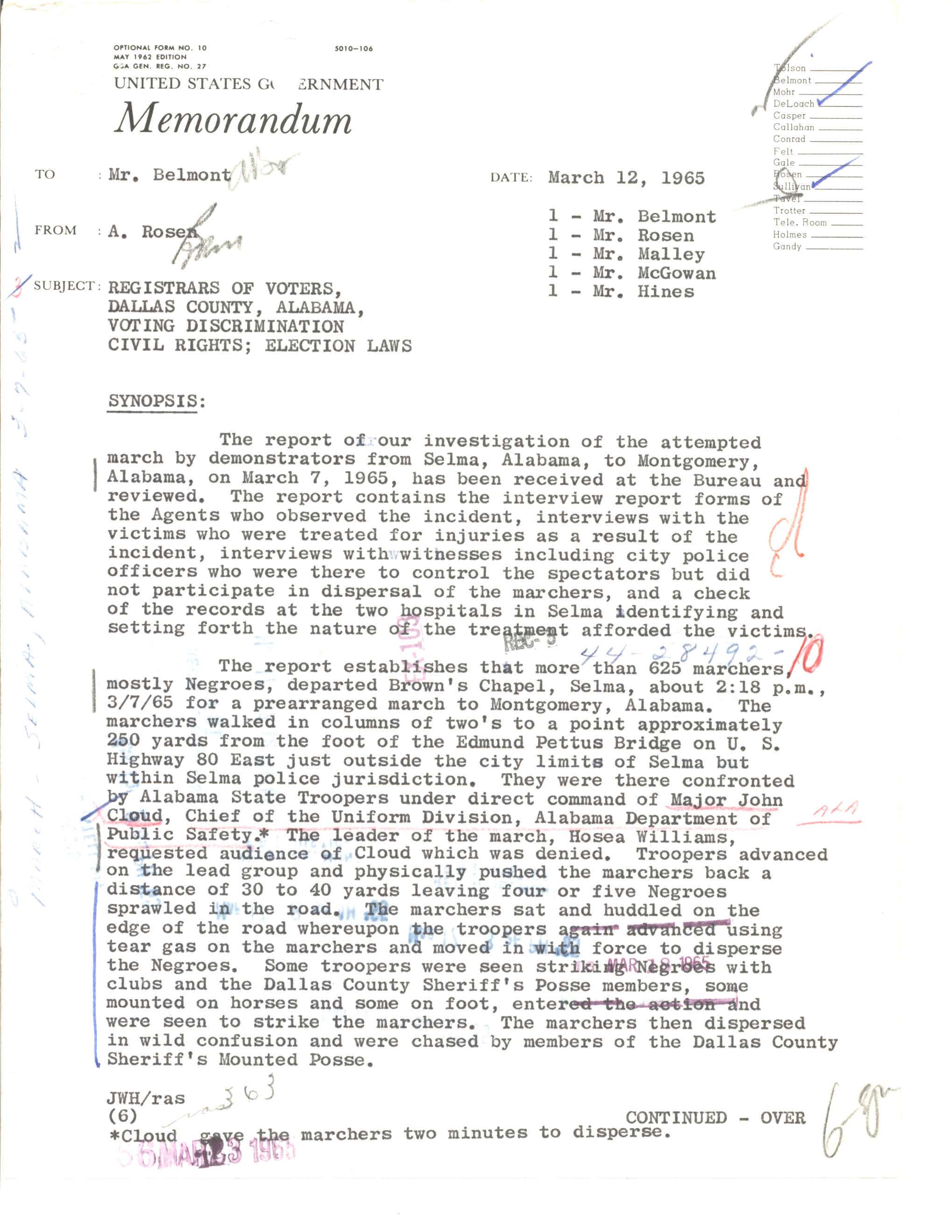
FBI Memorandums Summarizing Bloody Sunday
Page 4
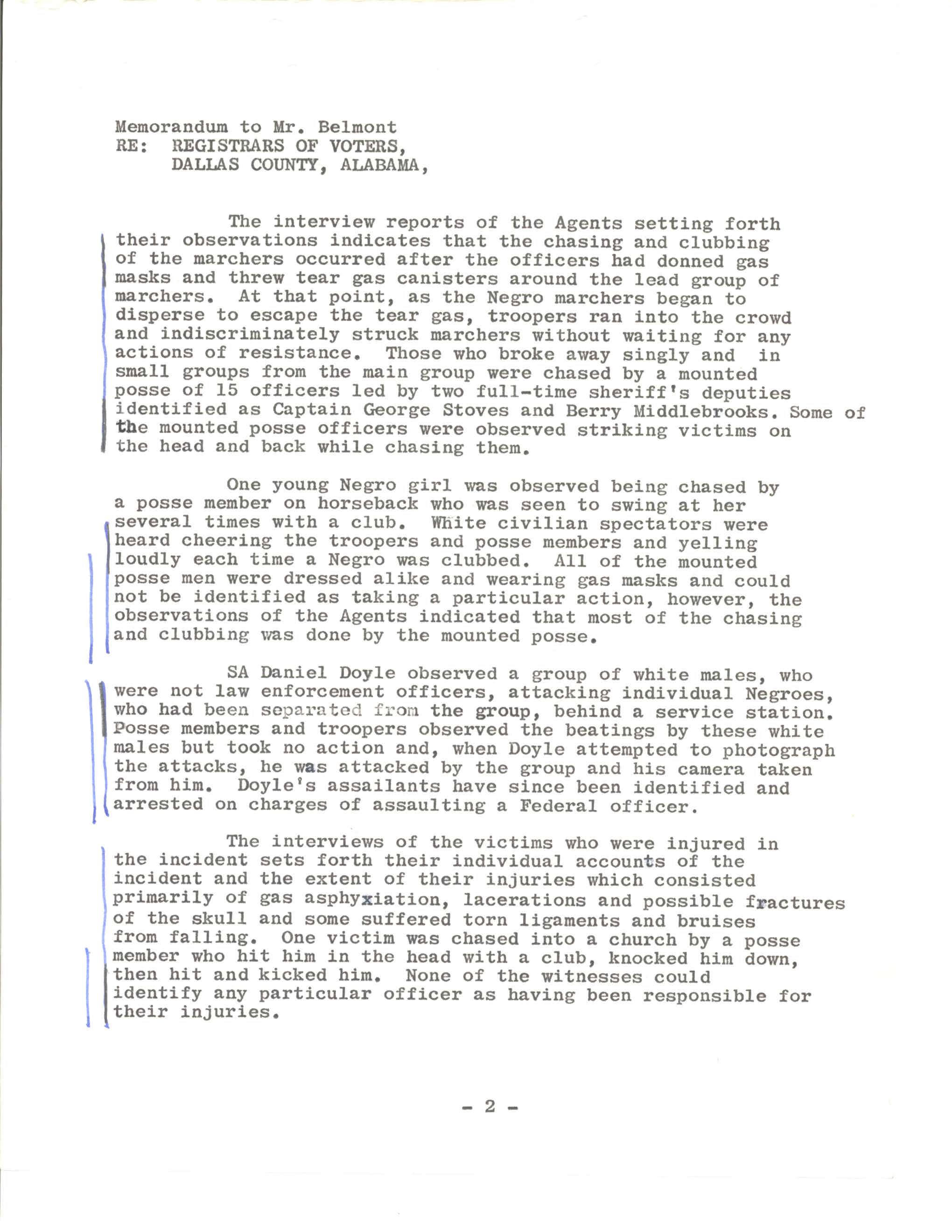
FBI Memorandums Summarizing Bloody Sunday
Page 5
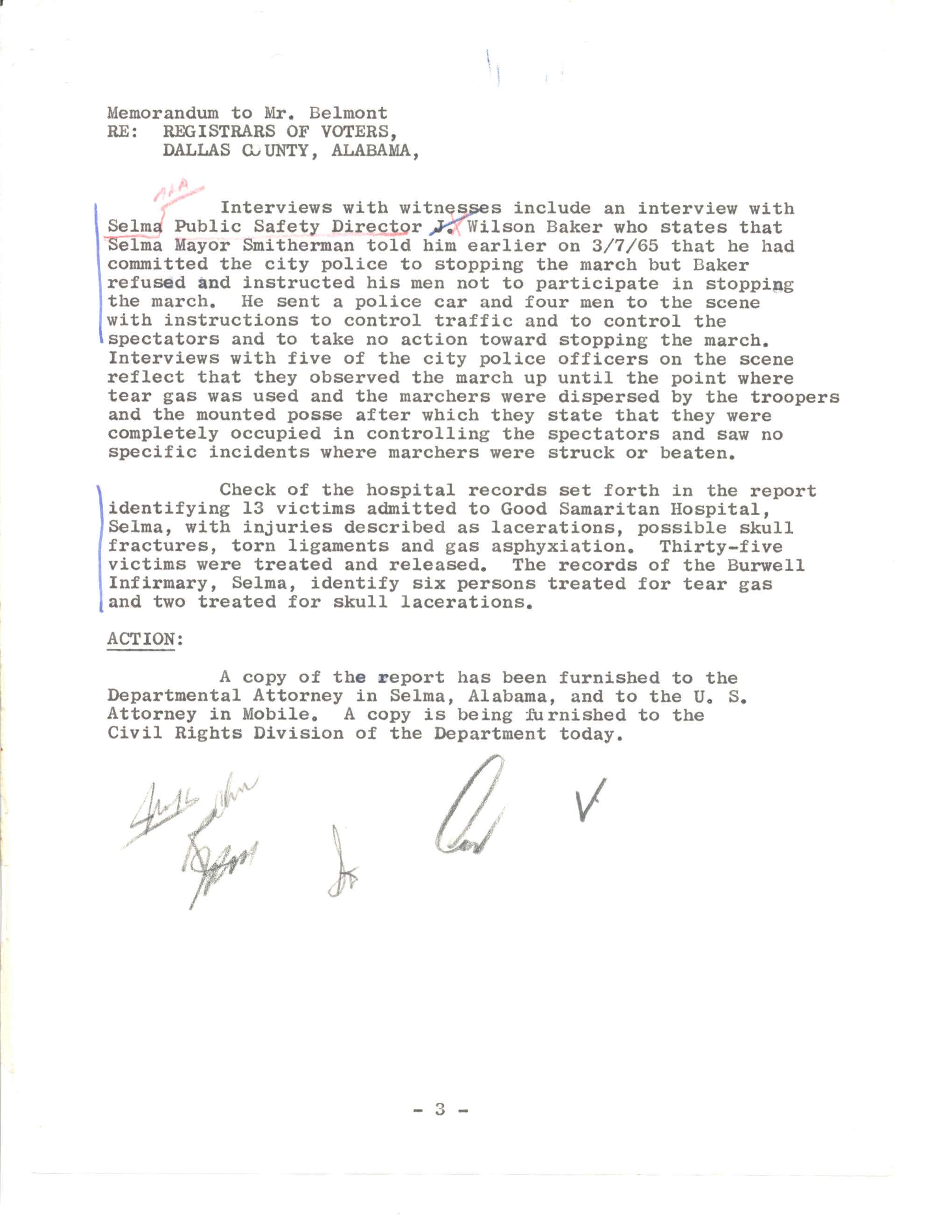
Document
Letter from Alice Guillemette to FBI Director J. Edgar Hoover with Response
3/13/1965
In this letter, Alice Guillemette of Massachusetts aks FBI Director J. Edgar Hoover “whether or not you agree with your FBI agent, Mr. James M. Barbo of Mobile, Ala. that you think the State Troopers acted in the interest of public safety by tear-gassing Negro marchers last Sunday at Selma, Ala.”
The attempted march from Selma to Montgomery, Alabama, on Sunday, March 7th was stopped by police troopers and resulted in tear gassing and dispersal of the approximately 625 marchers. It came to be known as Bloody Sunday.
The violent response from Alabama State Troopers and a mob of citizens was broadcast on national television for all to see. Citizens from around the country were largely shocked by the way the marchers were abused, and many wrote to the government to express their outrage. About watching the incident on television, Guillemette states, “It was the most monstrous, brutal thing I’ve ever seen” and makes clear that she is a “white, Anglo-Saxon and Christian and old” woman supporting the cause of the marchers.
The attempted march from Selma to Montgomery, Alabama, on Sunday, March 7th was stopped by police troopers and resulted in tear gassing and dispersal of the approximately 625 marchers. It came to be known as Bloody Sunday.
The violent response from Alabama State Troopers and a mob of citizens was broadcast on national television for all to see. Citizens from around the country were largely shocked by the way the marchers were abused, and many wrote to the government to express their outrage. About watching the incident on television, Guillemette states, “It was the most monstrous, brutal thing I’ve ever seen” and makes clear that she is a “white, Anglo-Saxon and Christian and old” woman supporting the cause of the marchers.
This primary source comes from the Records of the Federal Bureau of Investigation.
National Archives Identifier: 7634471
Full Citation: Letter from Alice Guillemette to FBI Director J. Edgar Hoover with Response; 3/13/1965; 44-28492, Section 1 Serials 1-42, Alabama (1965) 3/7 Selma to Montgomery March, Edmund Pettus Bridge (Photos), Martin Luther King, Jr., A.D. King, Ralph Abernathy, A. Phillip Randolph, John Robert Lew; Classification 44 (Civil Rights) Headquarters Case Files, 1924 - 1978; Records of the Federal Bureau of Investigation, ; National Archives at College Park, College Park, MD. [Online Version, https://docsteach.org/documents/document/letter-to-j-edgar-hoover, April 24, 2024]Letter from Alice Guillemette to FBI Director J. Edgar Hoover with Response
Page 1
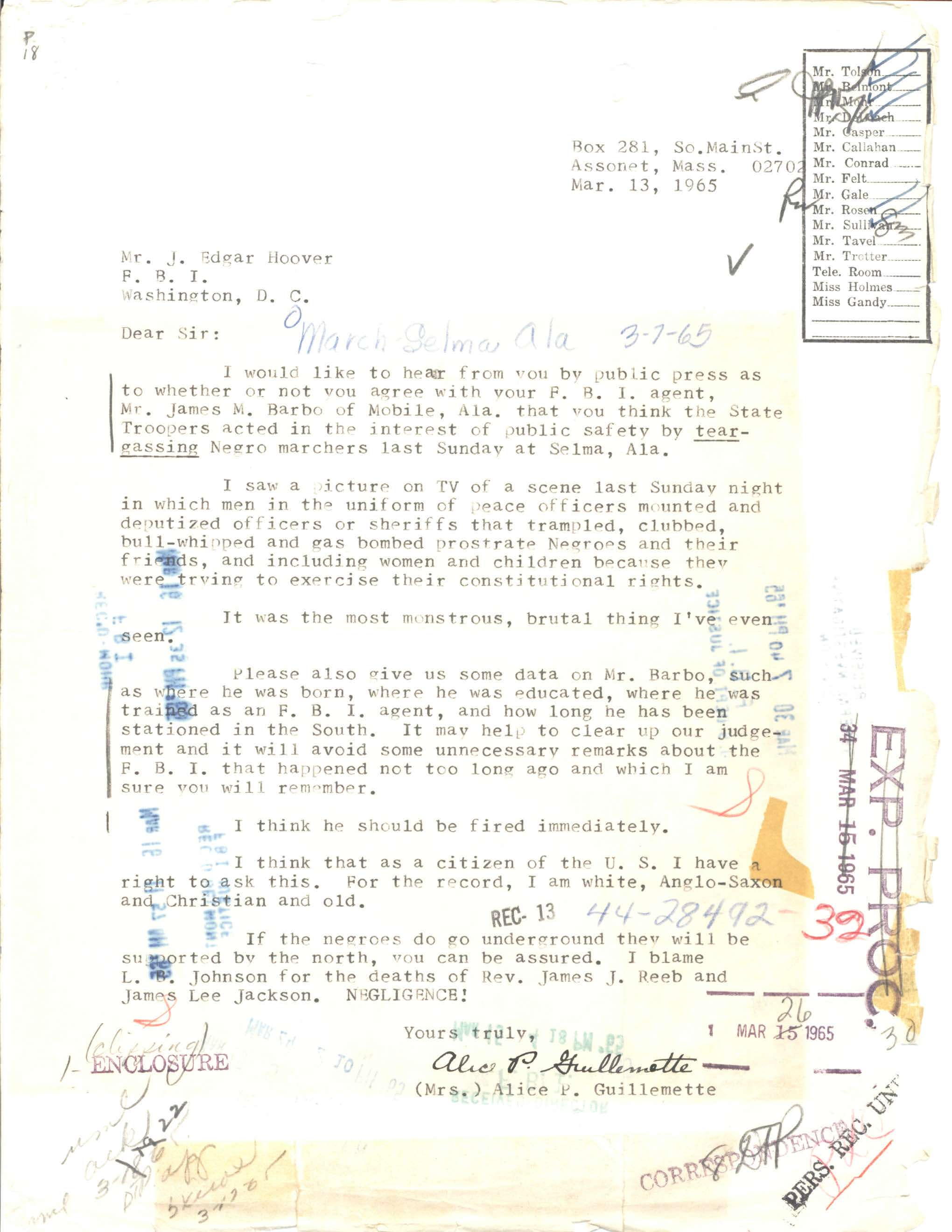
Letter from Alice Guillemette to FBI Director J. Edgar Hoover with Response
Page 2
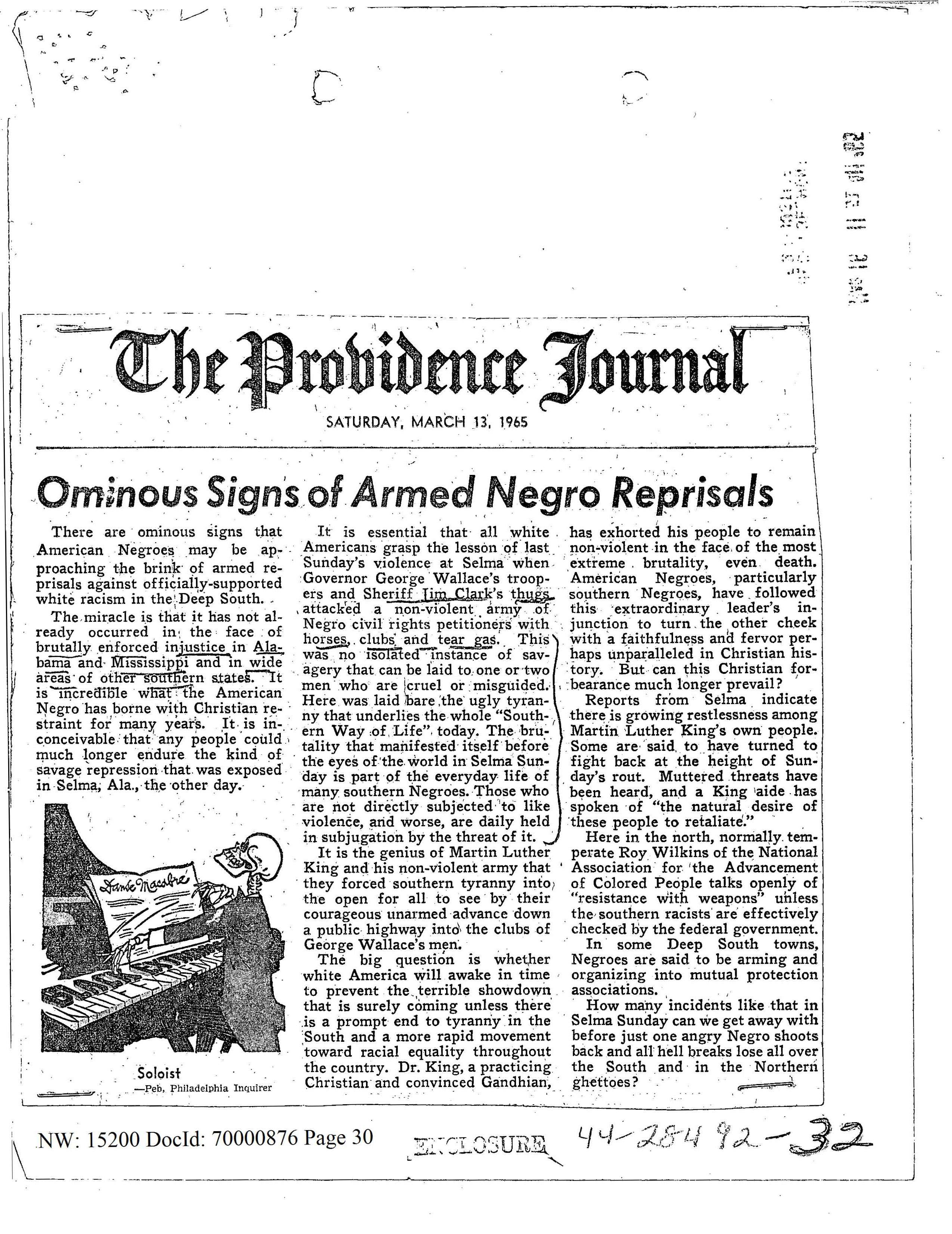
Letter from Alice Guillemette to FBI Director J. Edgar Hoover with Response
Page 3
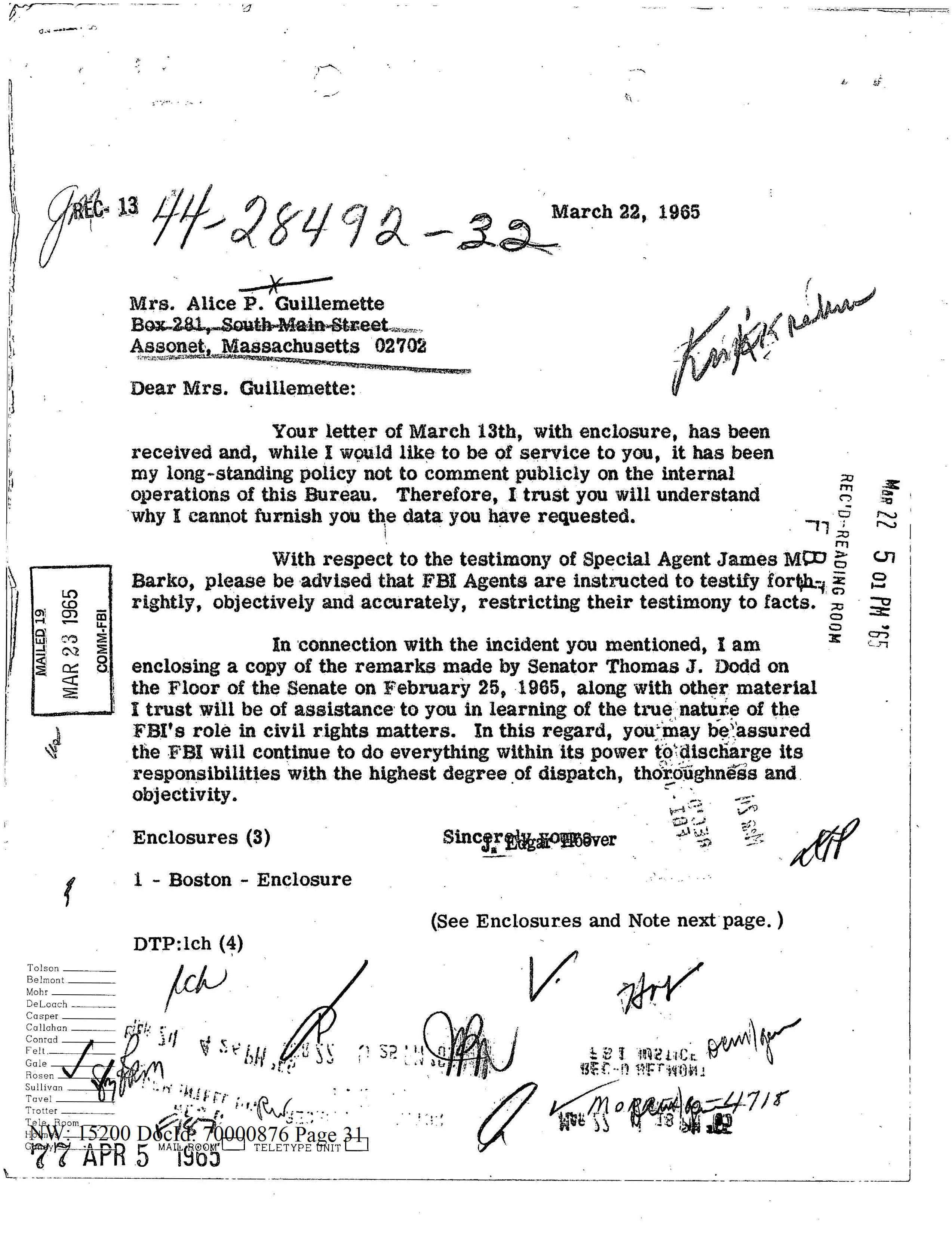
Letter from Alice Guillemette to FBI Director J. Edgar Hoover with Response
Page 4

Document
FBI Memorandum Regarding Special Agent James Barko
3/16/1965
This memo identifies James M. Barko as the FBI special agent reported to have "testified that he thought state troopers acted in the public interest by breaking up the march with tear gas" in the Washington, D.C. newspaper "The Evening Star."
Barko had been assigned to observe and photograph the march of demonstrators from Selma to Montgomery, Alabama, on March 7, 1965. The attempted march came to be known as Bloody Sunday after it was stopped by police troopers who used tear gas and violence to disperse the marchers.
The FBI received letters from the public who were outraged at the agent's remarks.
Barko had been assigned to observe and photograph the march of demonstrators from Selma to Montgomery, Alabama, on March 7, 1965. The attempted march came to be known as Bloody Sunday after it was stopped by police troopers who used tear gas and violence to disperse the marchers.
The FBI received letters from the public who were outraged at the agent's remarks.
This primary source comes from the Records of the Federal Bureau of Investigation.
National Archives Identifier: 7634471
Full Citation: FBI Memorandum Regarding Special Agent James Barko; 3/16/1965; 44-28492, Section 1 Serials 1-42, Alabama (1965) 3/7 Selma to Montgomery March, Edmund Pettus Bridge (Photos), Martin Luther King, Jr., A.D. King, Ralph Abernathy, A. Phillip Randolph, John Robert Lew; Classification 44 (Civil Rights) Headquarters Case Files, 1924 - 1978; Records of the Federal Bureau of Investigation, ; National Archives at College Park, College Park, MD. [Online Version, https://docsteach.org/documents/document/fbi-memo-barko, April 24, 2024]FBI Memorandum Regarding Special Agent James Barko
Page 1
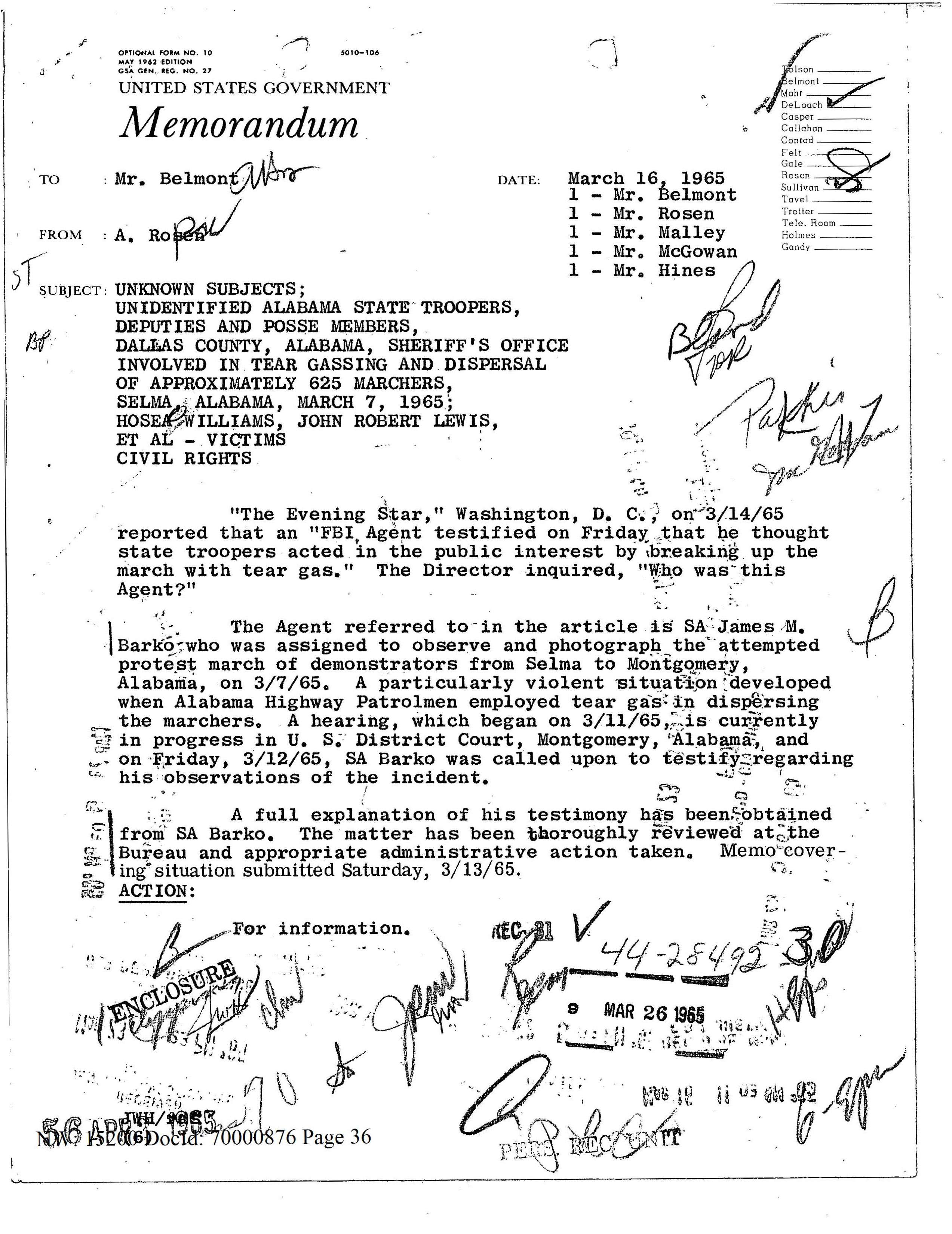
FBI Memorandum Regarding Special Agent James Barko
Page 2

FBI Memorandum Regarding Special Agent James Barko
Page 3
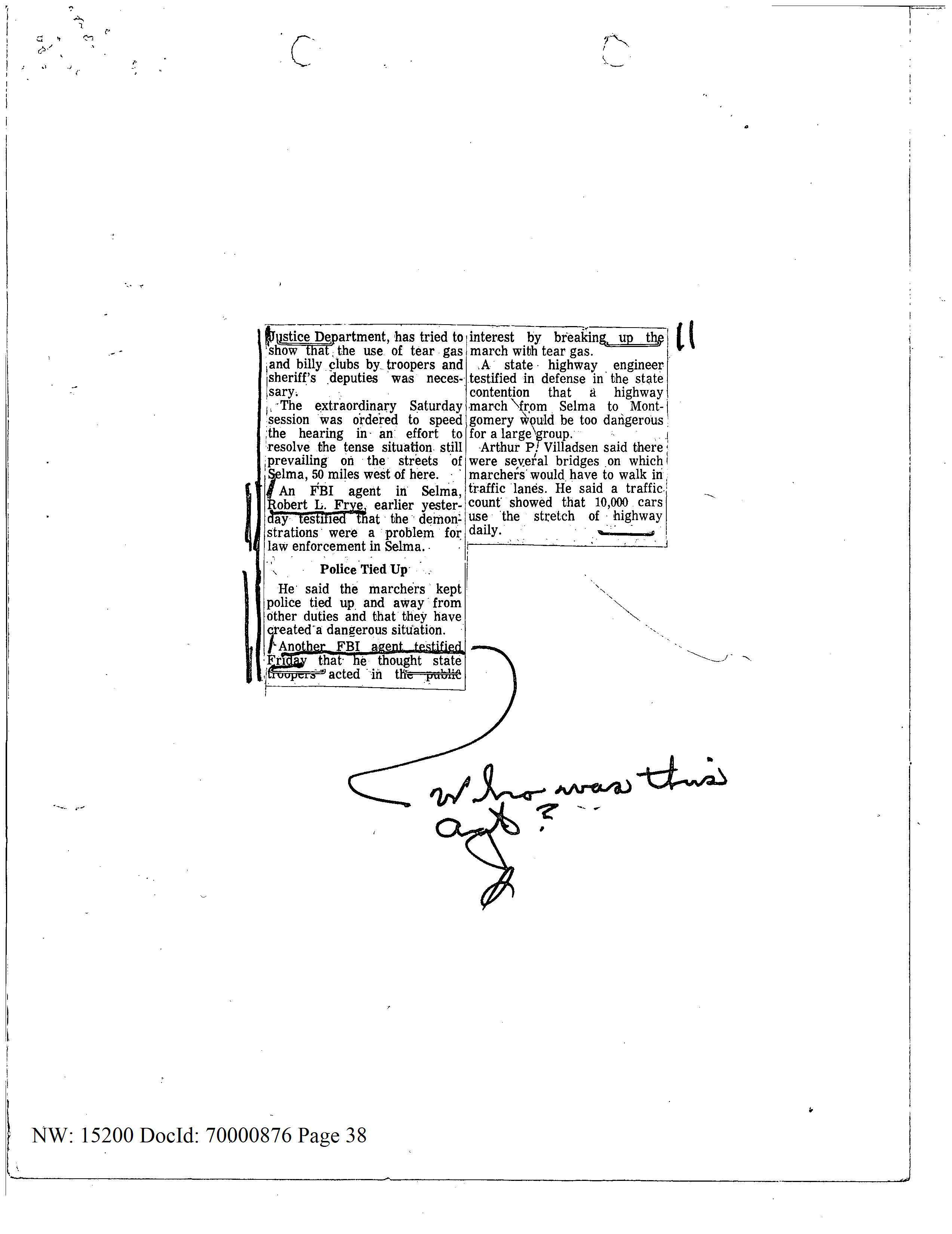
Document
The Selma Story
3/15/1965
This newsreel reports on the impact of "Bloody Sunday," March 7, 1965, when marchers tried to cross the Edmund Pettus Bridge, just outside of Selma, Alabama, on their way to Montgomery Alabama, in demonstration for voter registration.
It was a defining moment in the modern civil rights movement. Televised footage of the brutal attack on demonstrators by Alabama State Troopers and a mob of citizens dramatically shifted much of public opinion in favor of the protesters. President Lyndon B. Johnson, who had also witnessed coverage of the events of Bloody Sunday, publicly backed their cause.
On "Turnaround Tuesday," two days later, Dr. Martin Luther King led several thousand protesters to the bridge again. During this peaceful march, the protesters stopped, prayed, and then turned around.
This section of the 1965 MCA/Universal Pictures newsreel is called "President Seeks End to Civil Strife." The other segments are "Dutch Princess to Wed Commoner" and "Constance Bennett Back in Movies."
It was a defining moment in the modern civil rights movement. Televised footage of the brutal attack on demonstrators by Alabama State Troopers and a mob of citizens dramatically shifted much of public opinion in favor of the protesters. President Lyndon B. Johnson, who had also witnessed coverage of the events of Bloody Sunday, publicly backed their cause.
On "Turnaround Tuesday," two days later, Dr. Martin Luther King led several thousand protesters to the bridge again. During this peaceful march, the protesters stopped, prayed, and then turned around.
This section of the 1965 MCA/Universal Pictures newsreel is called "President Seeks End to Civil Strife." The other segments are "Dutch Princess to Wed Commoner" and "Constance Bennett Back in Movies."
This primary source comes from the Collection UN: MCA/Universal Pictures Collection.
National Archives Identifier: 234274905
Full Citation: Motion Picture 200-UN-38-22; The Selma Story; 3/15/1965; Motion Picture Releases of the Universal Newsreel Library, 1929 - 1967; Collection UN: MCA/Universal Pictures Collection, ; National Archives at College Park, College Park, MD. [Online Version, https://docsteach.org/documents/document/selma-story, April 24, 2024]The Selma Story
Page 1
